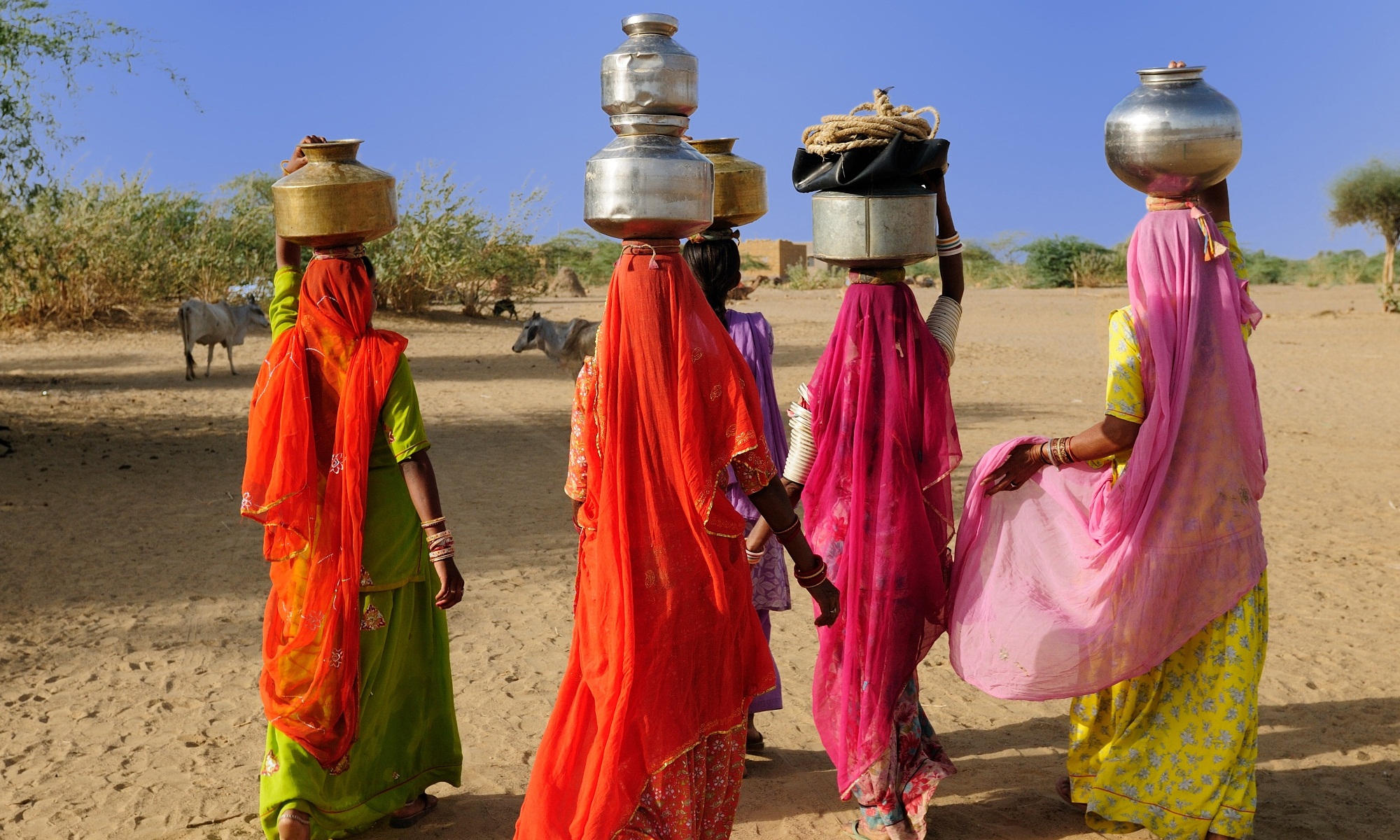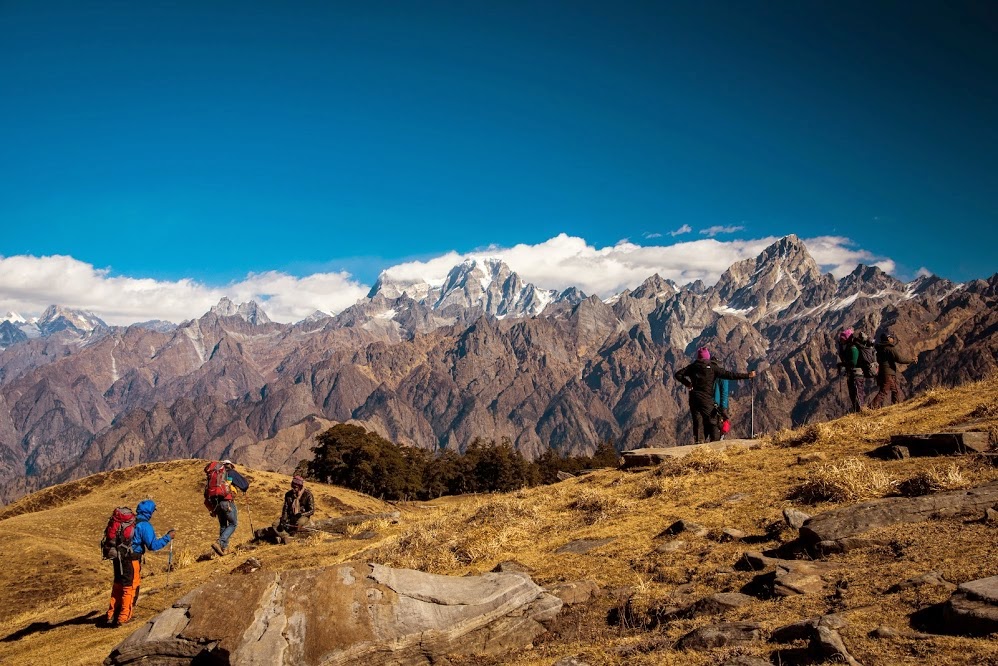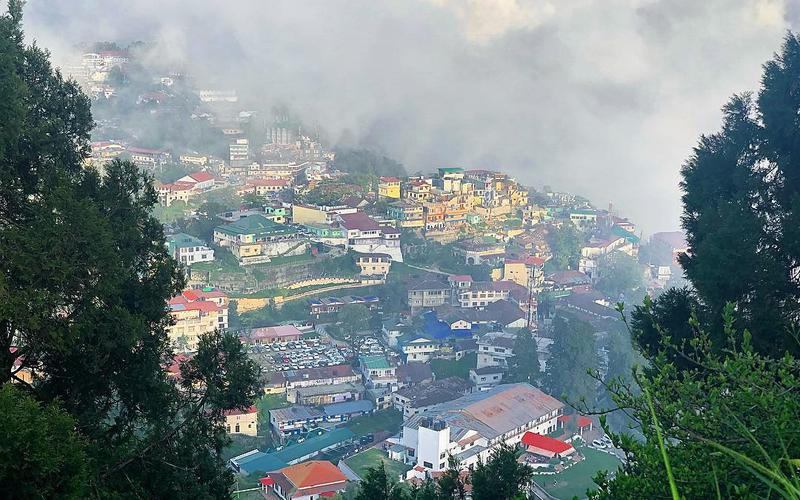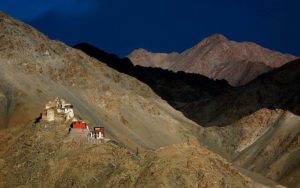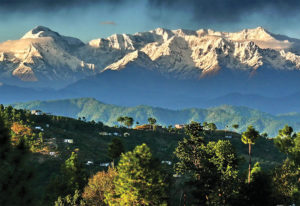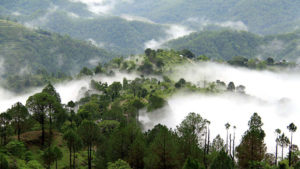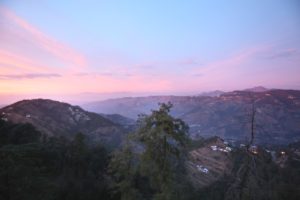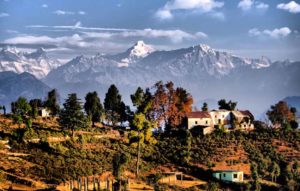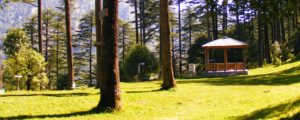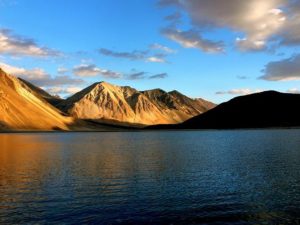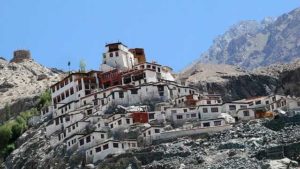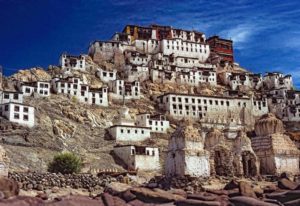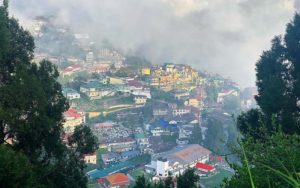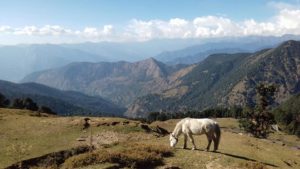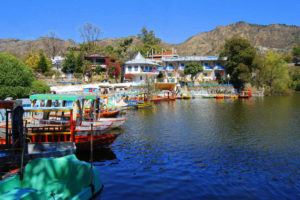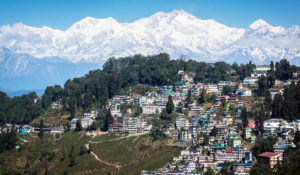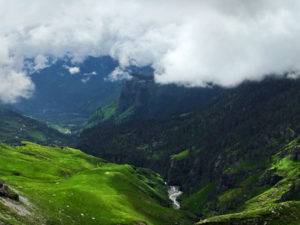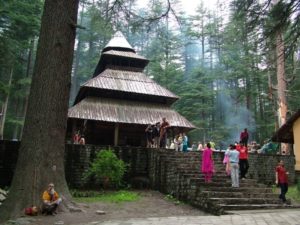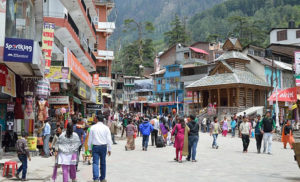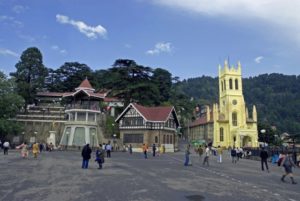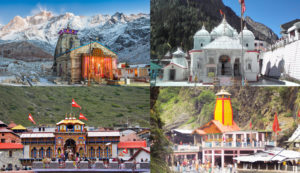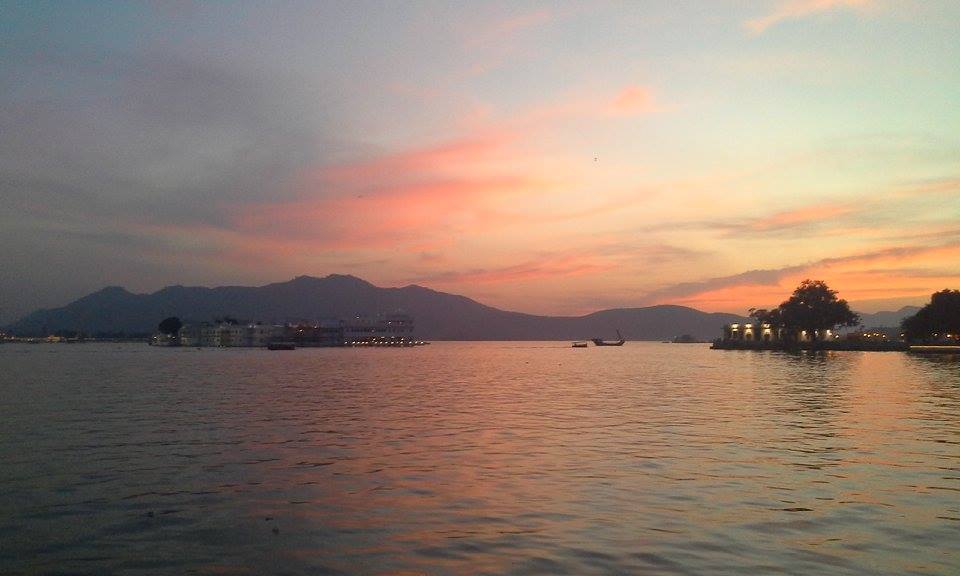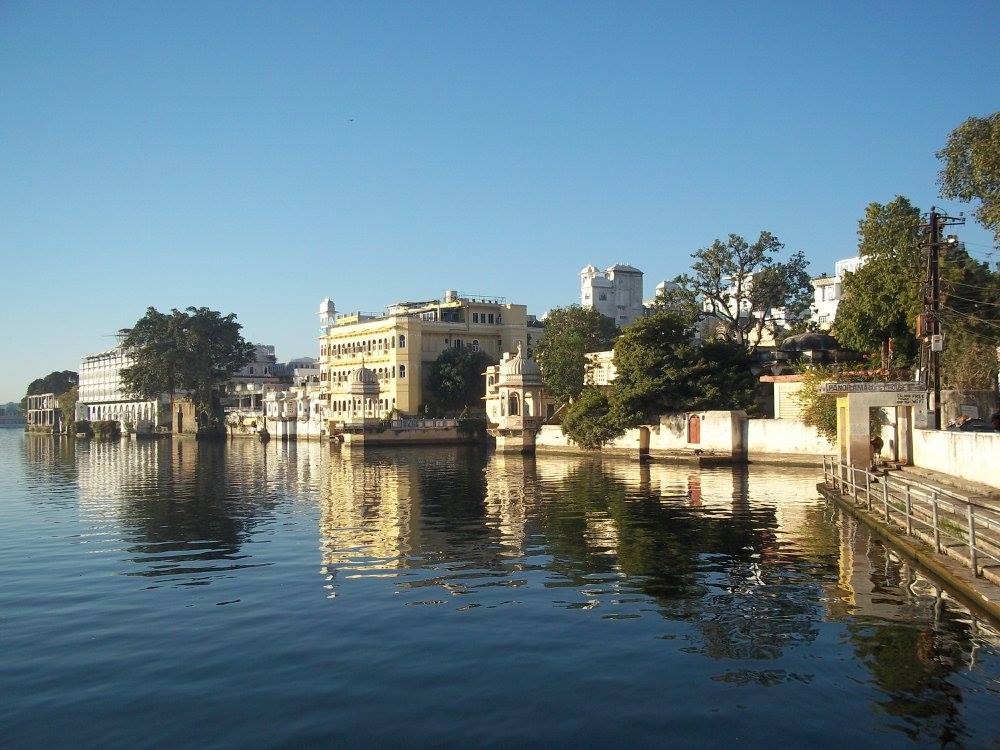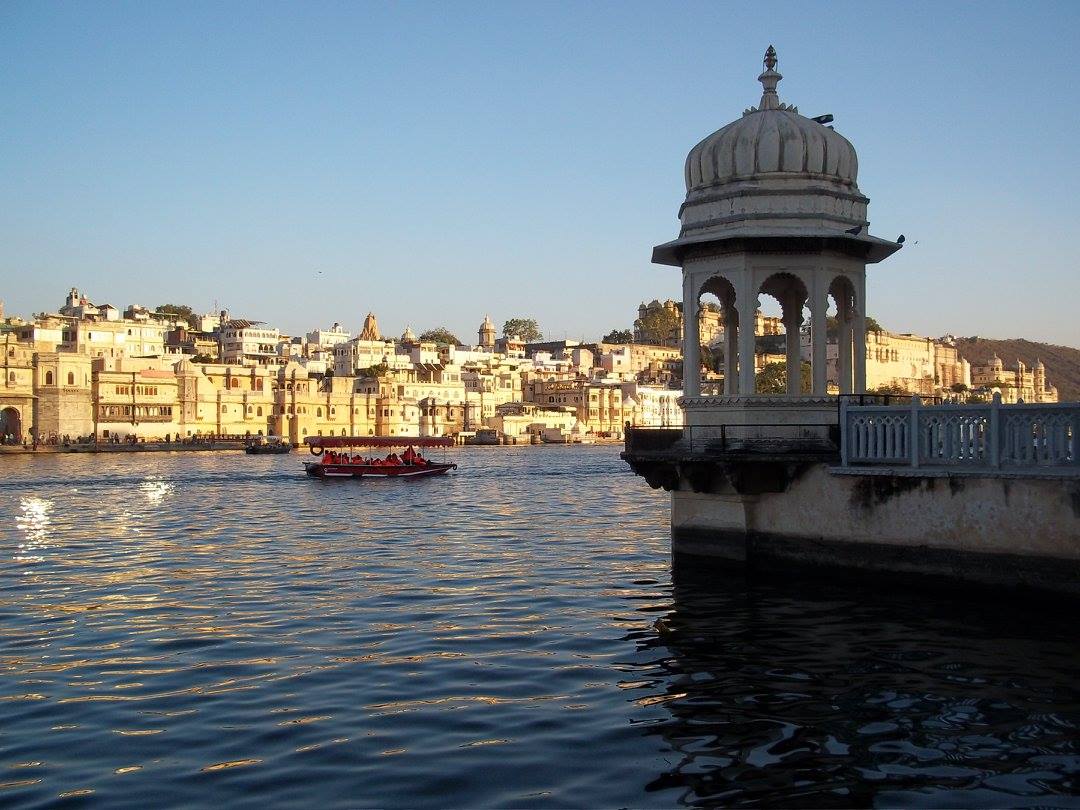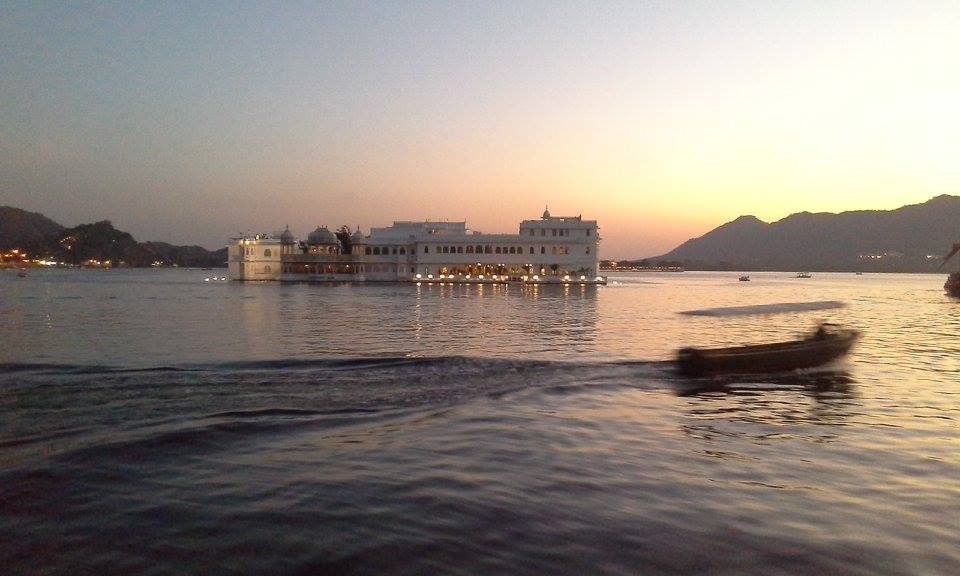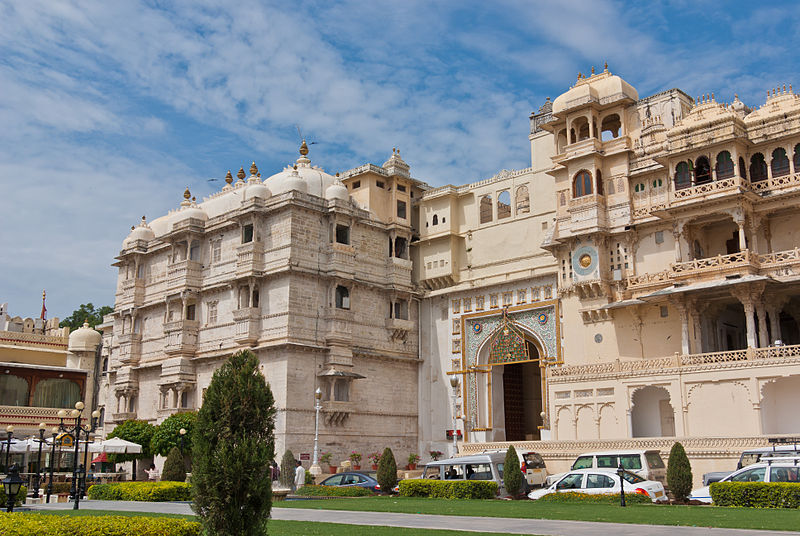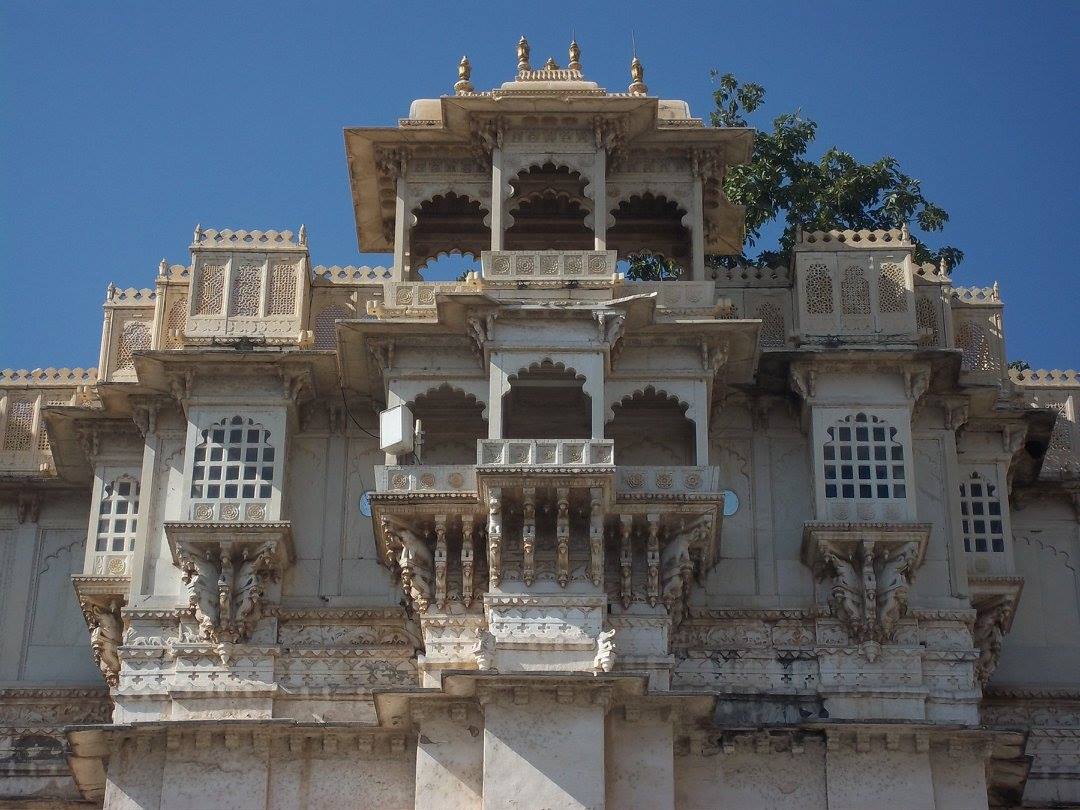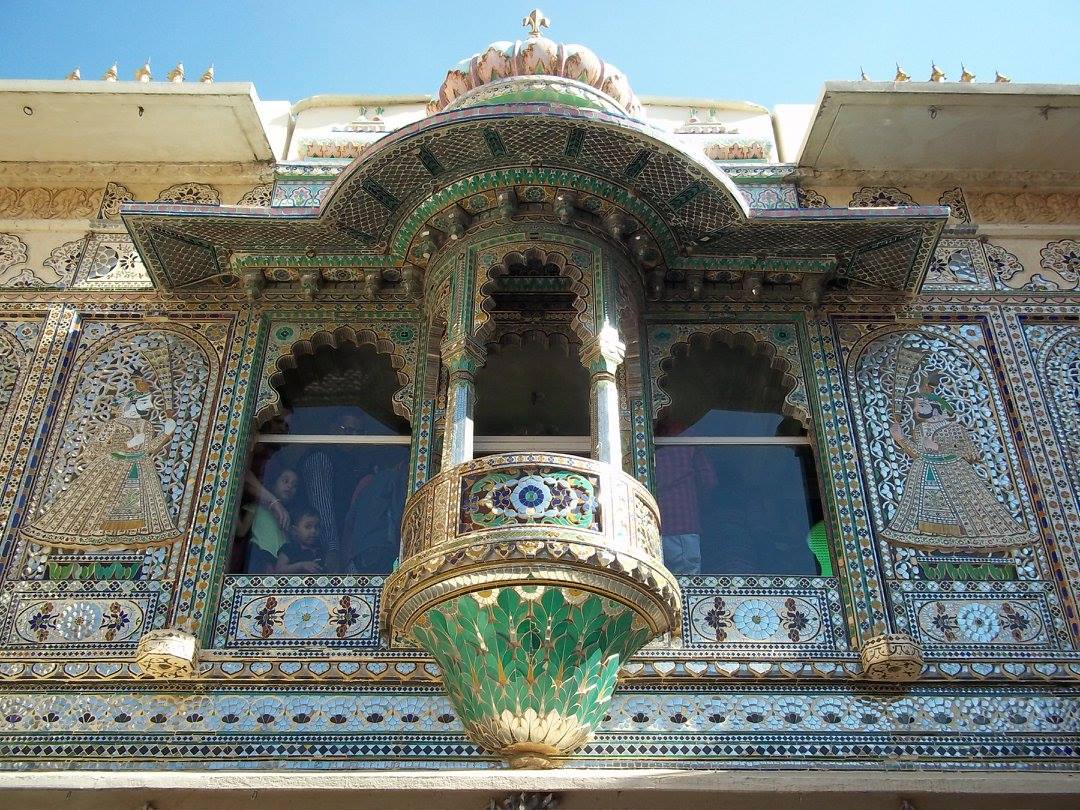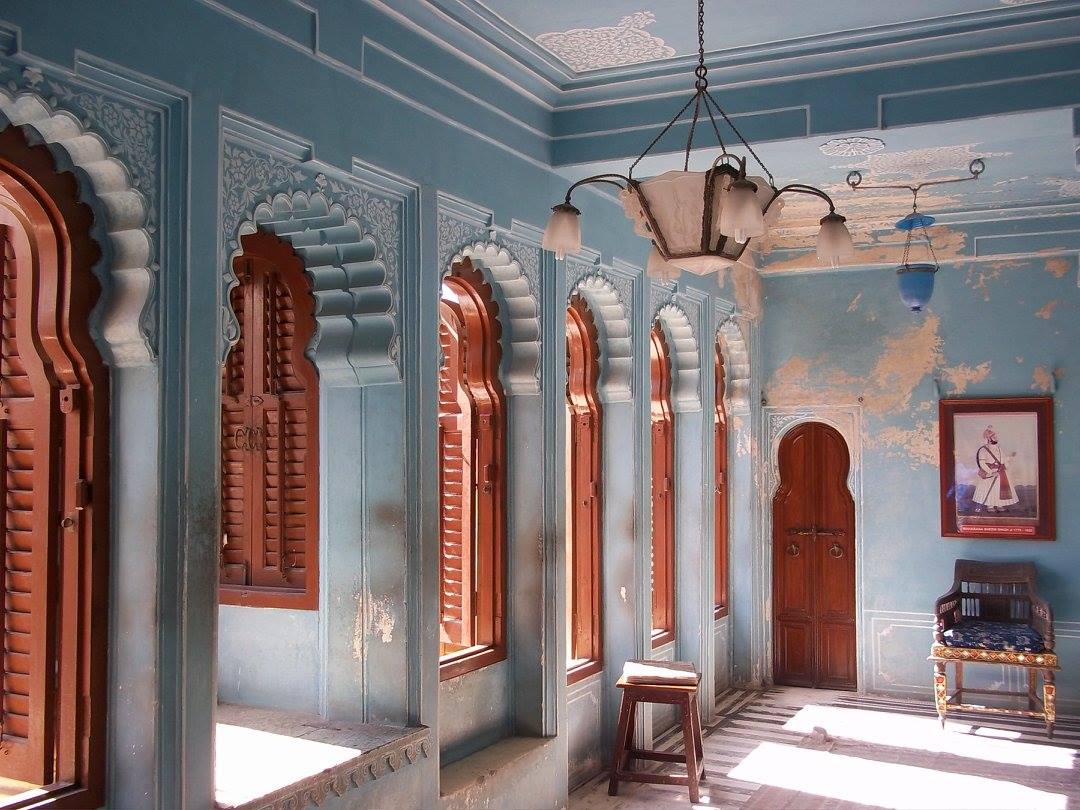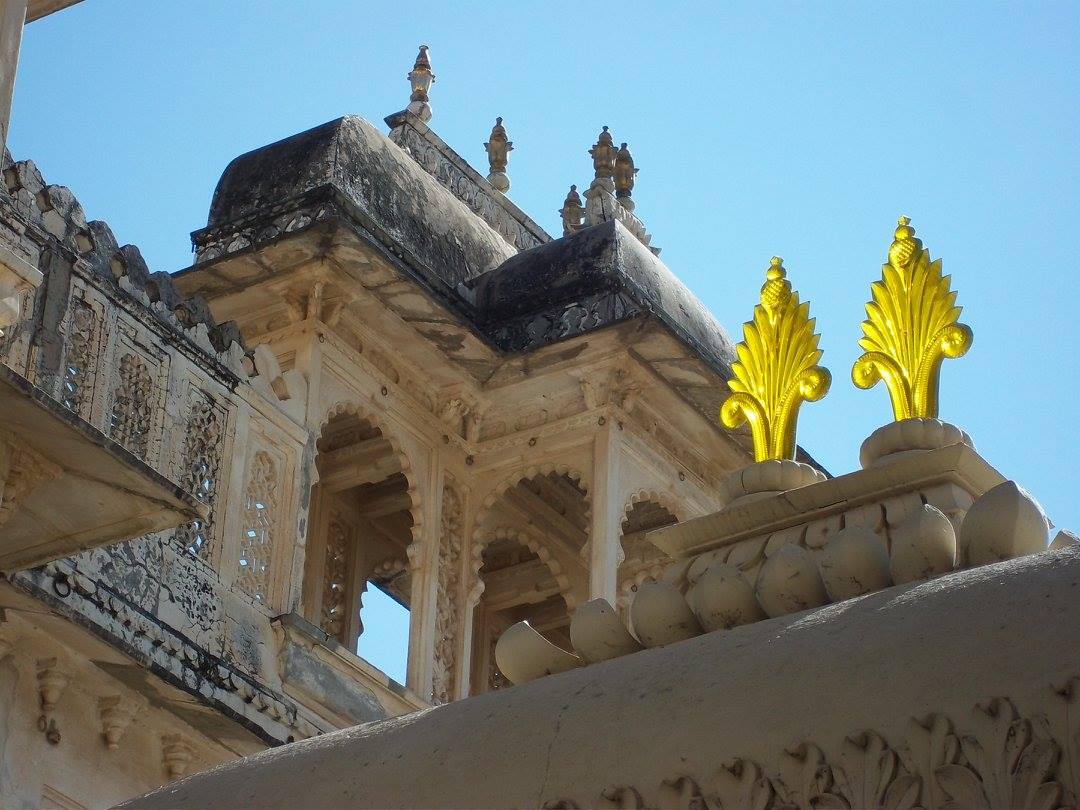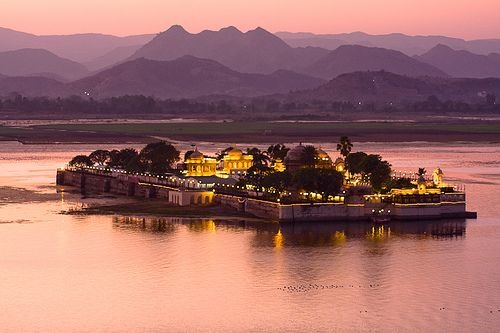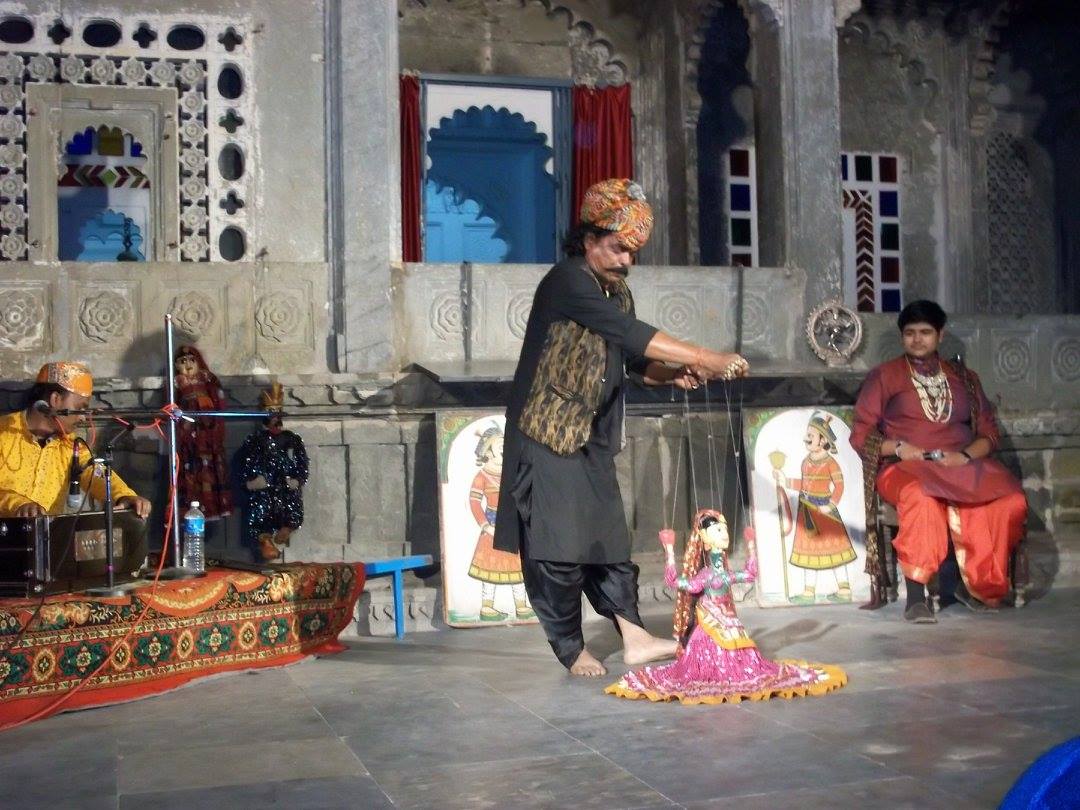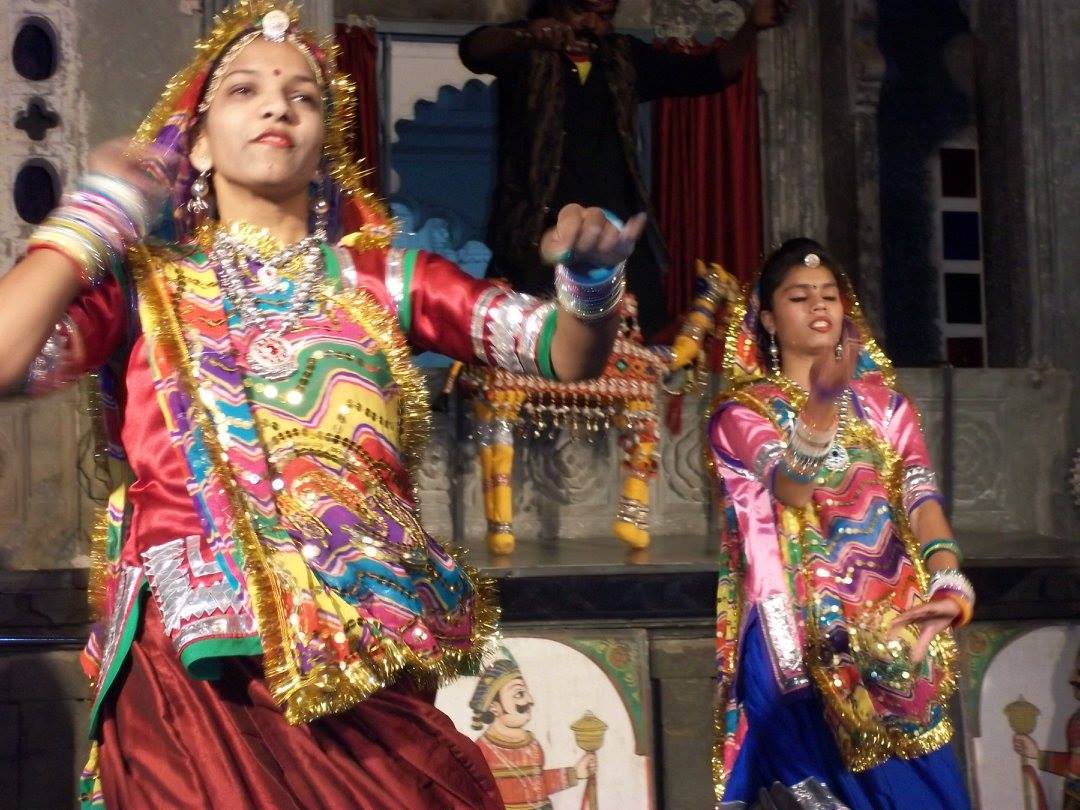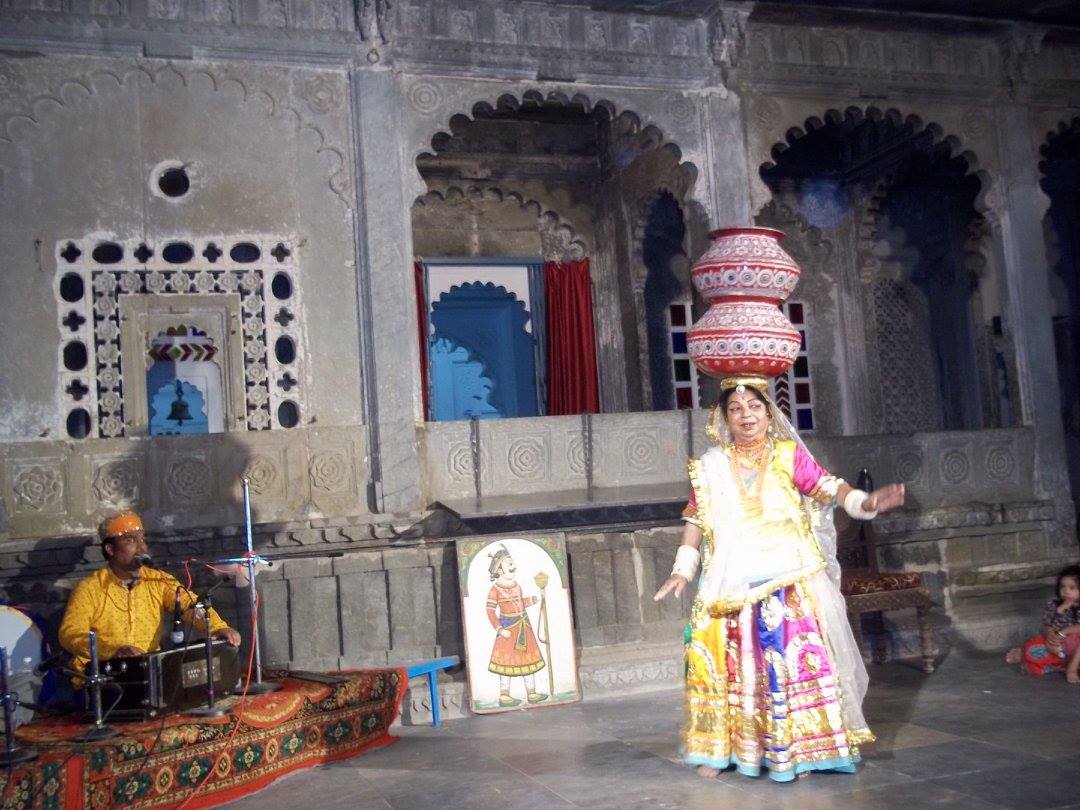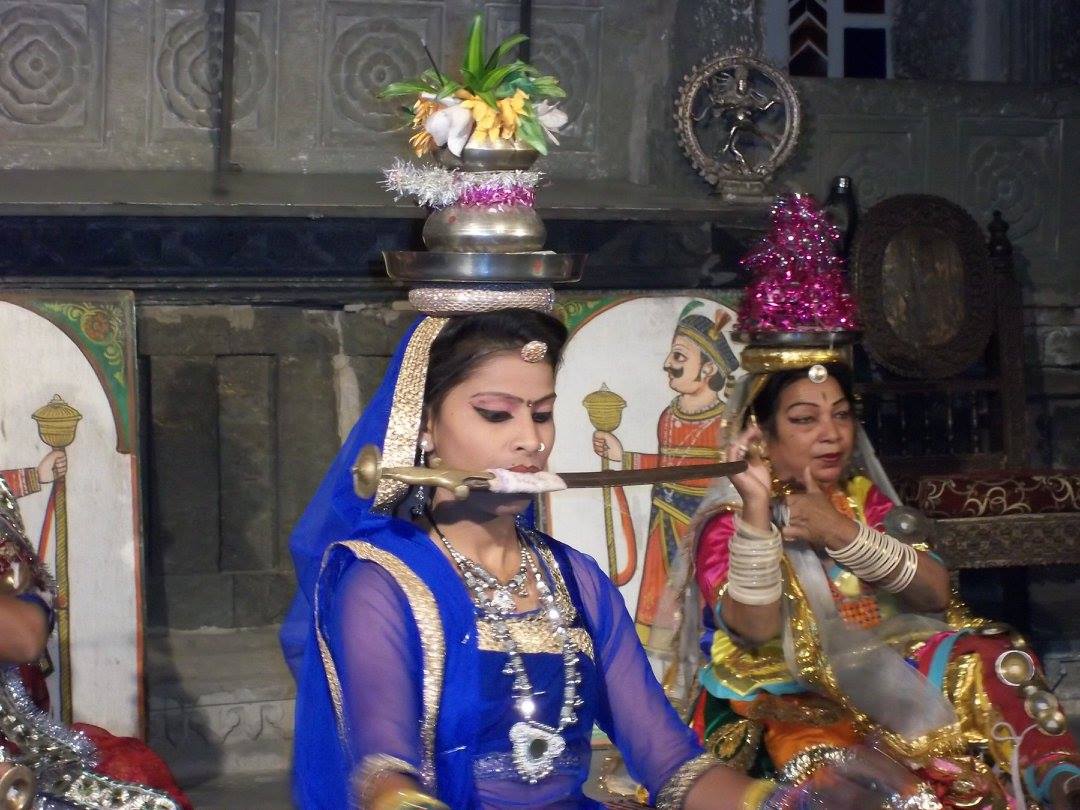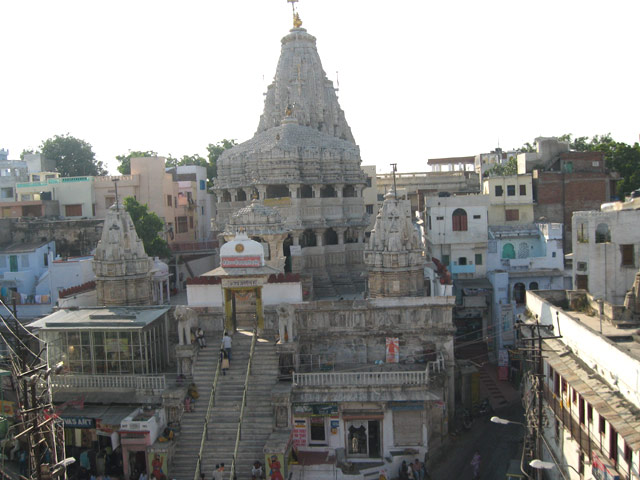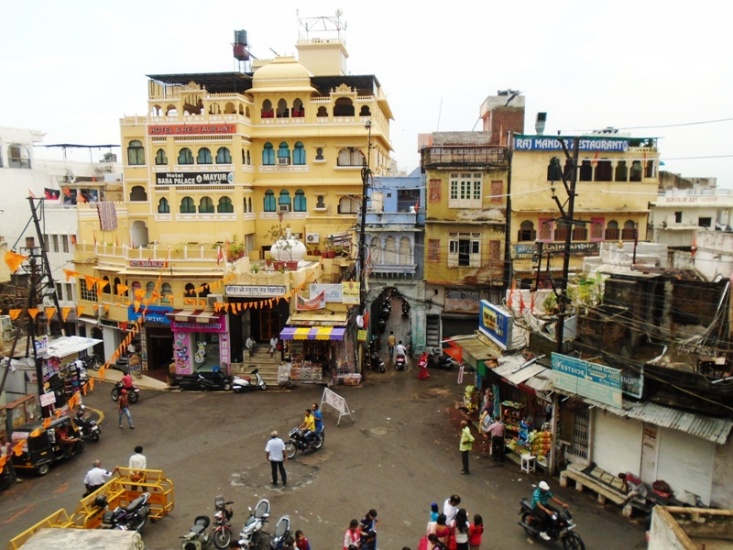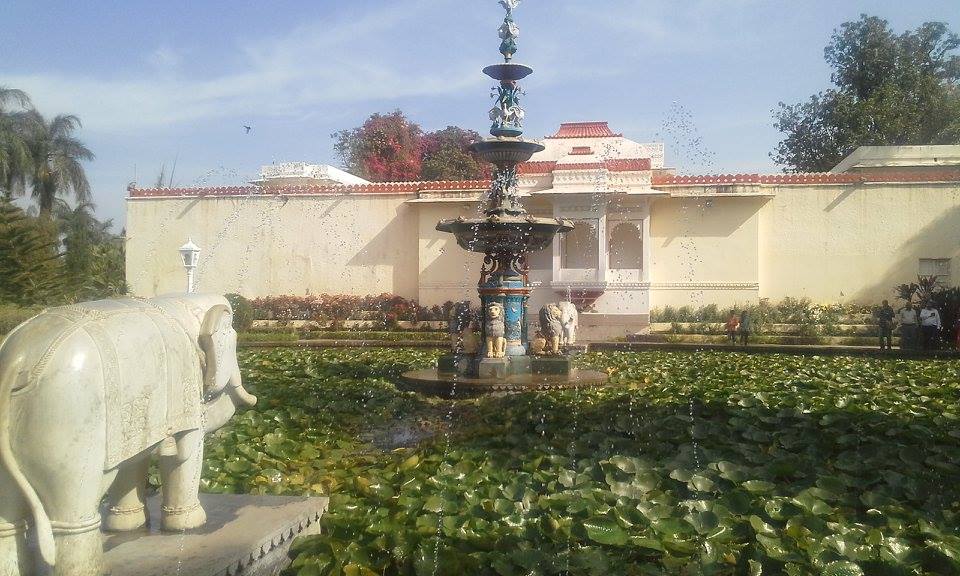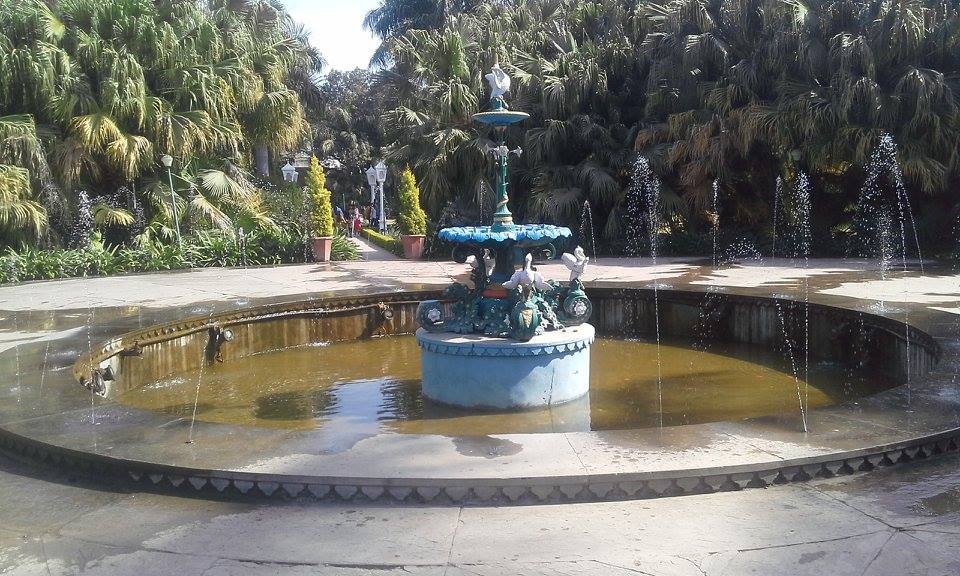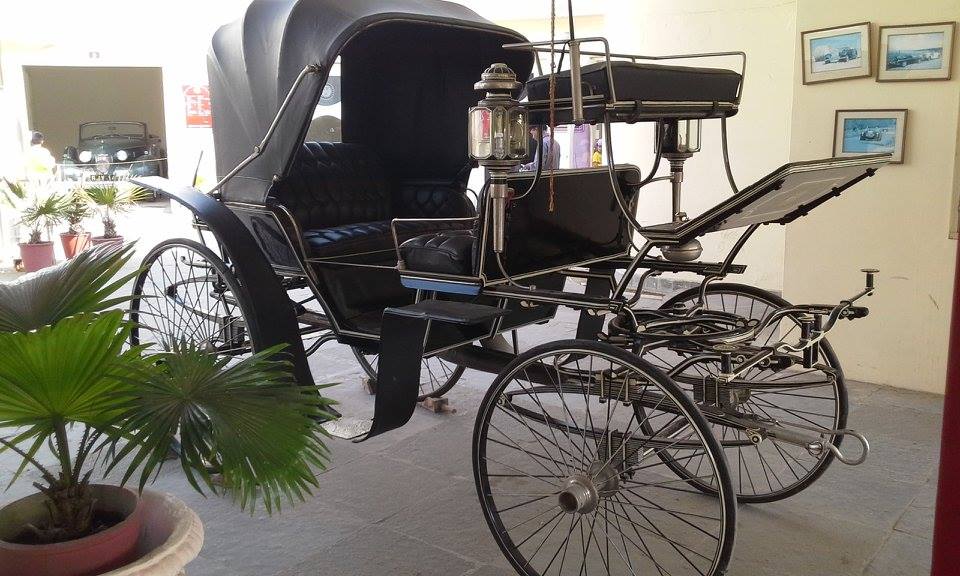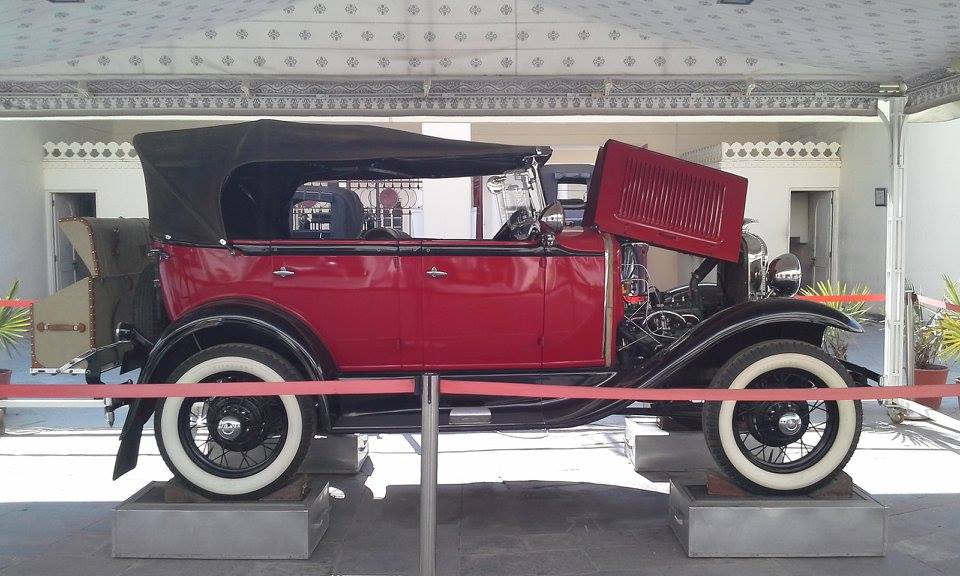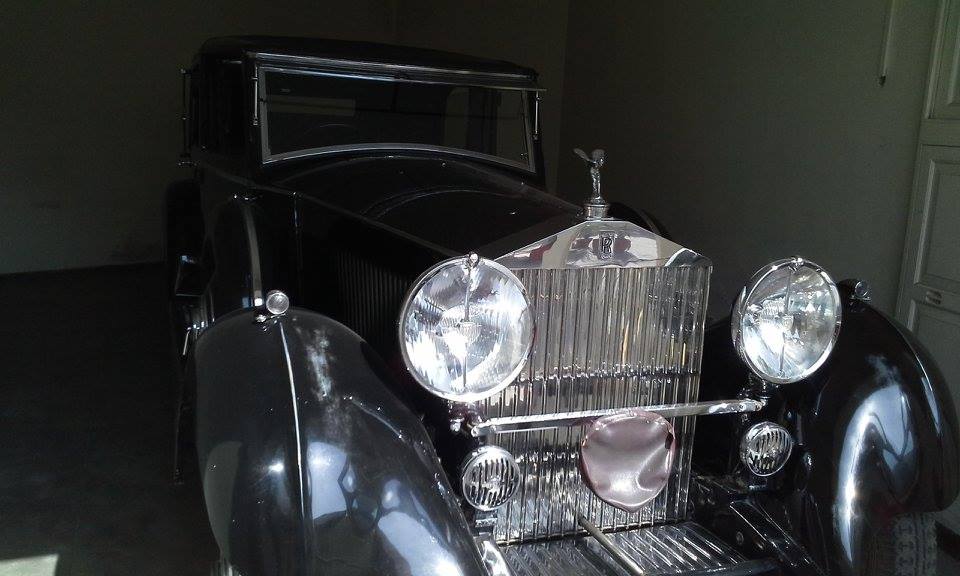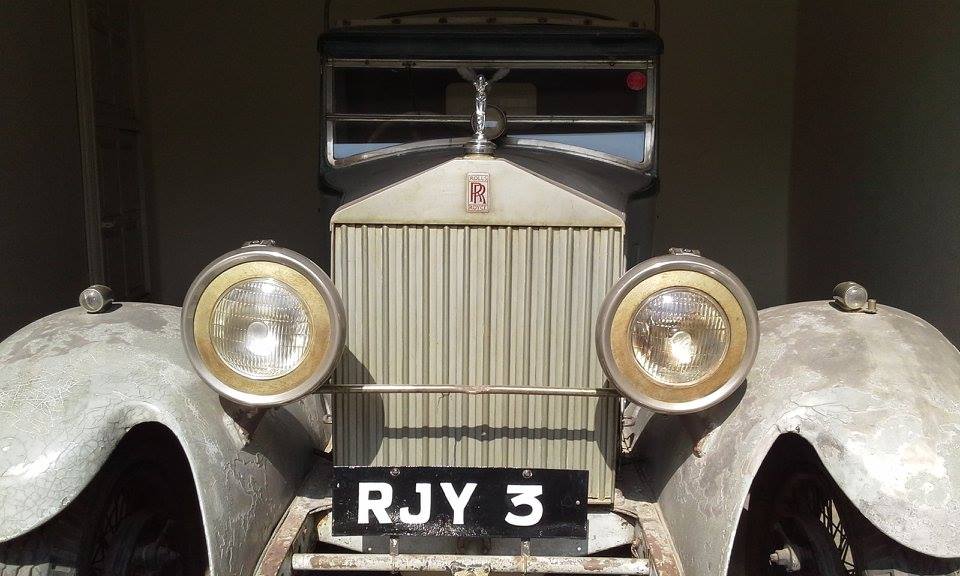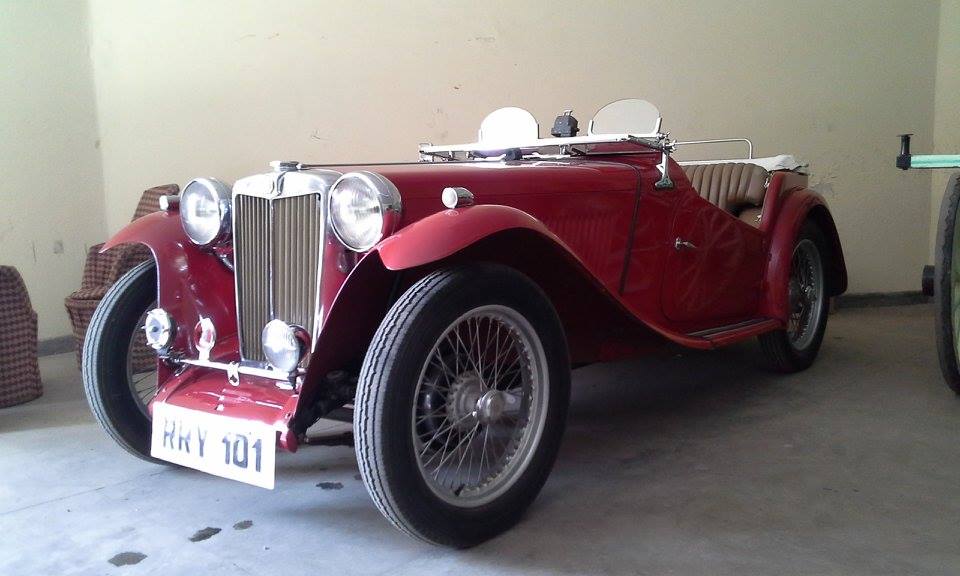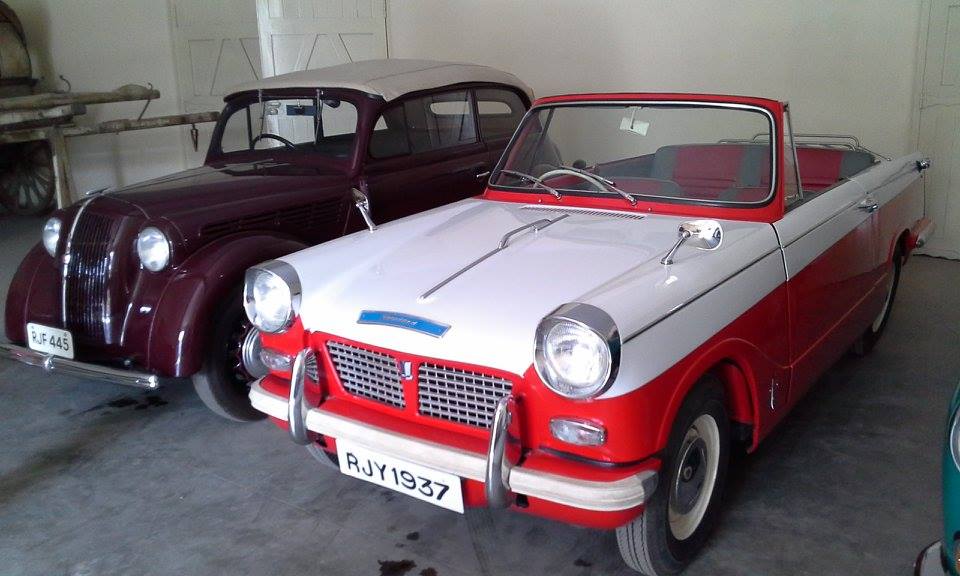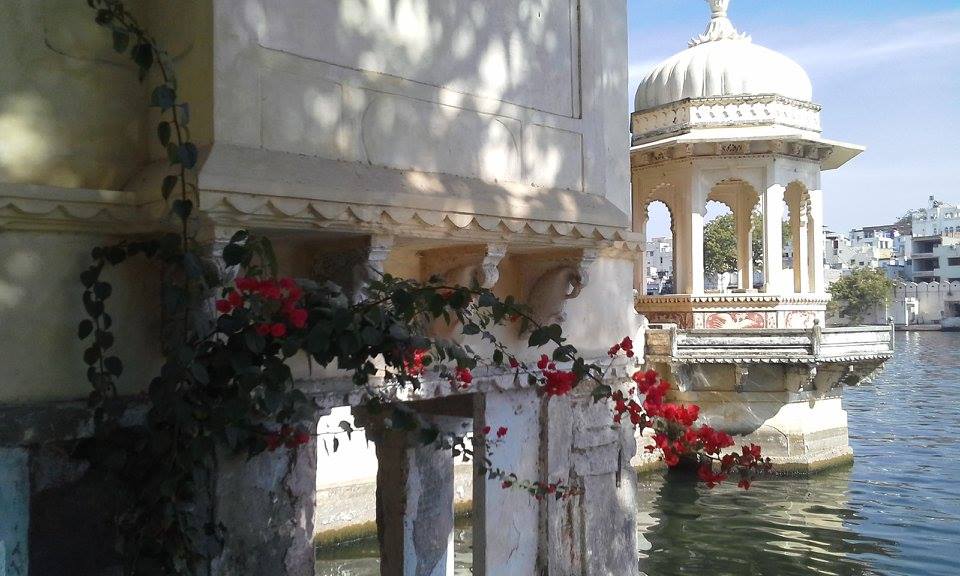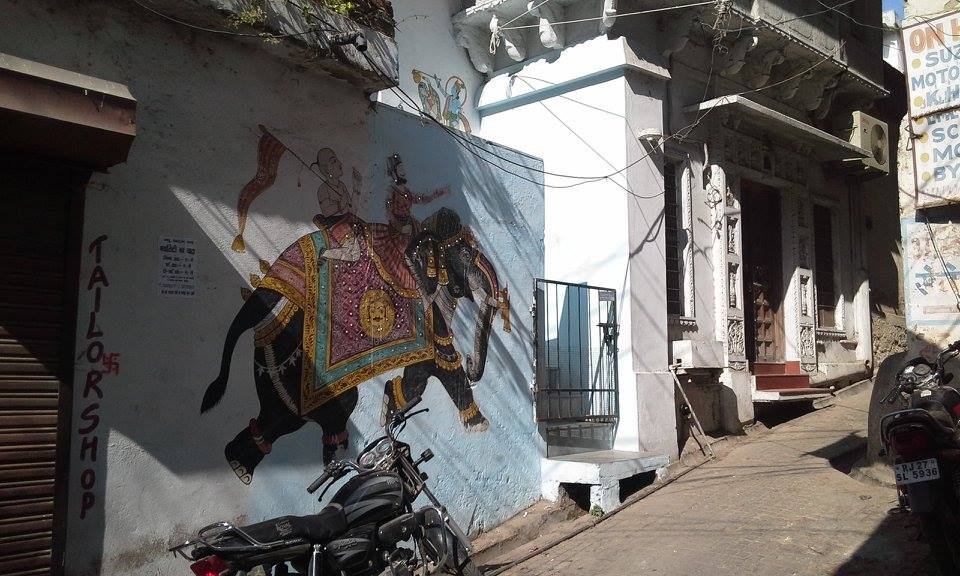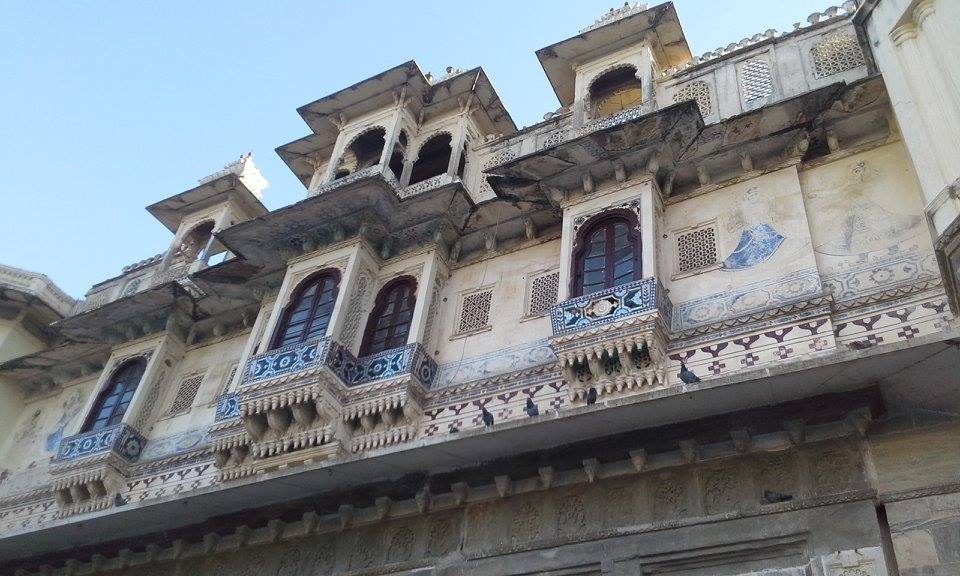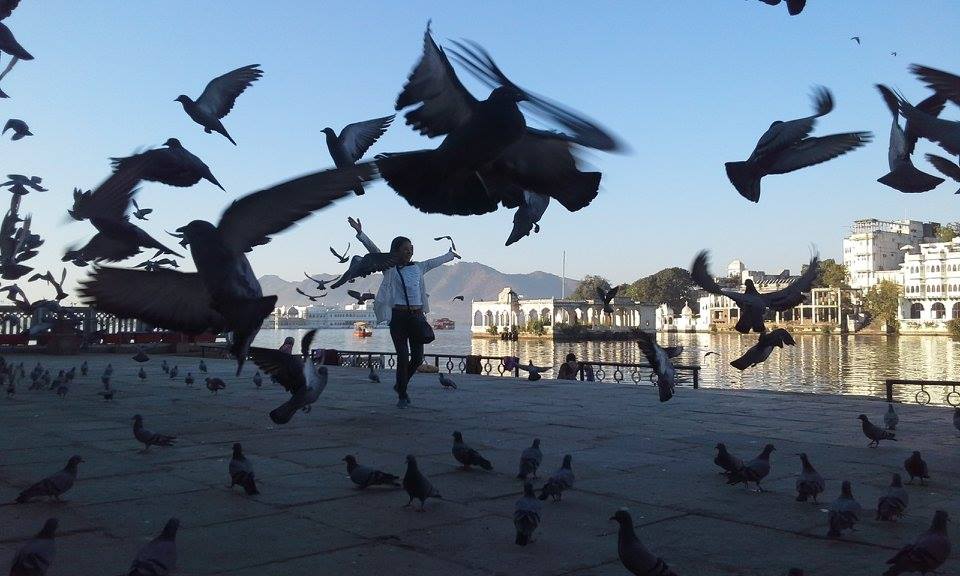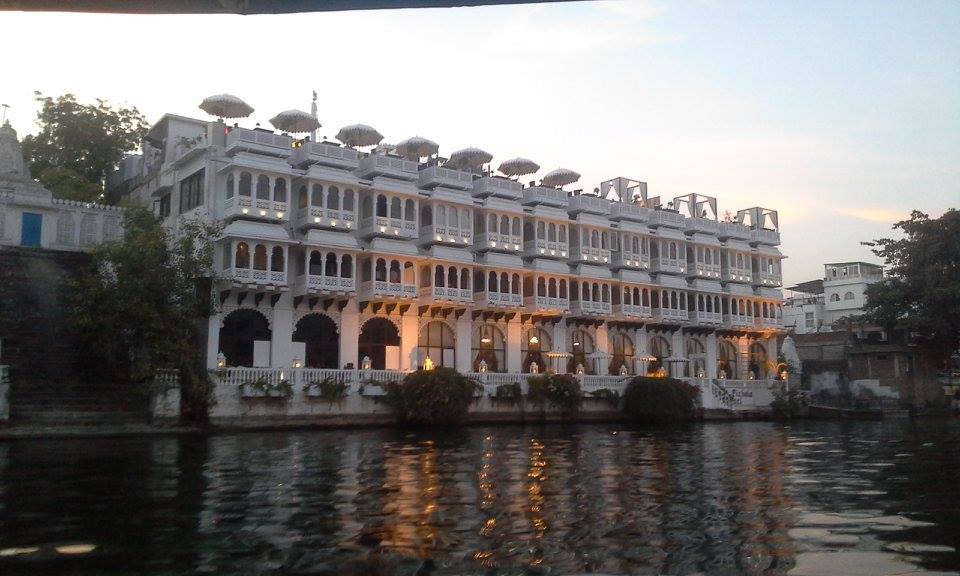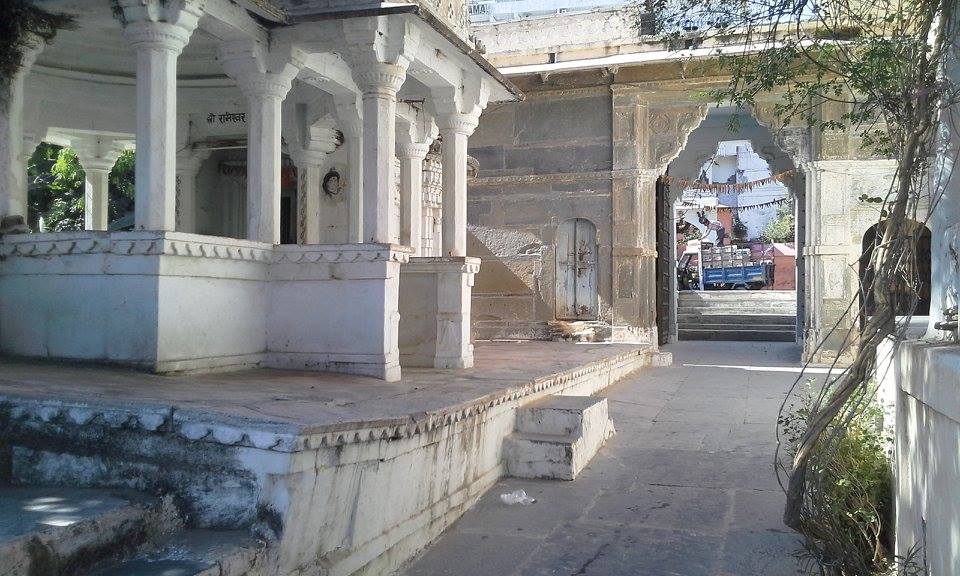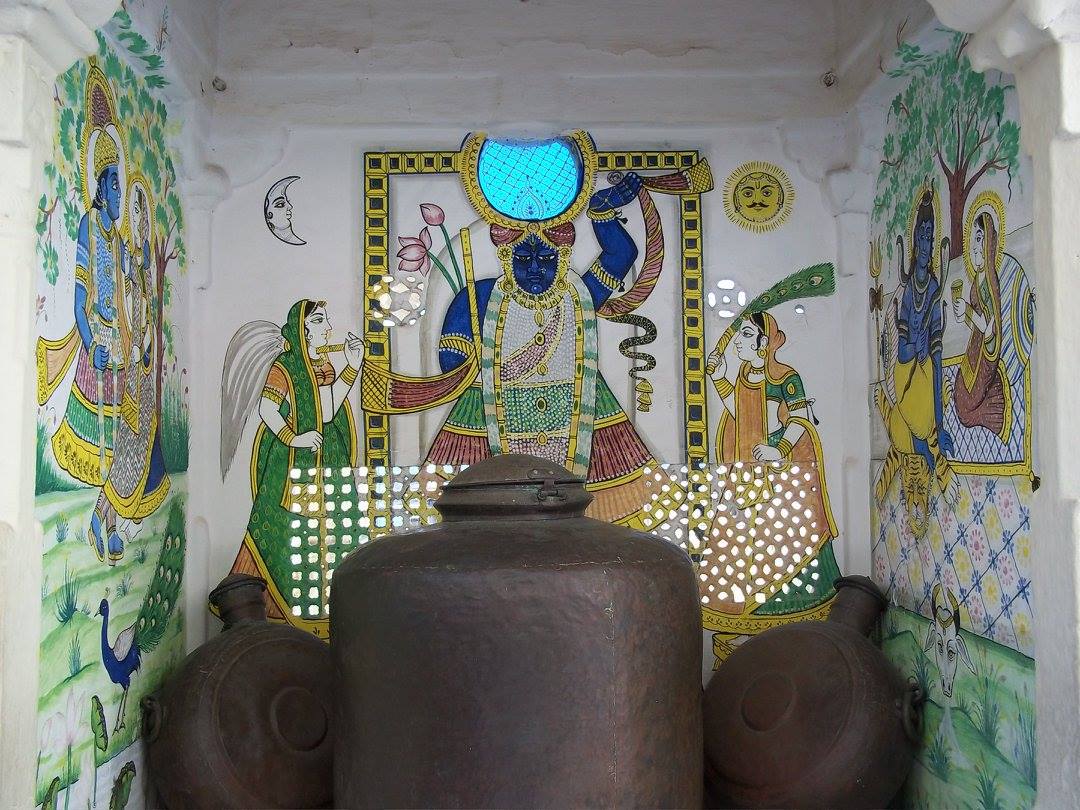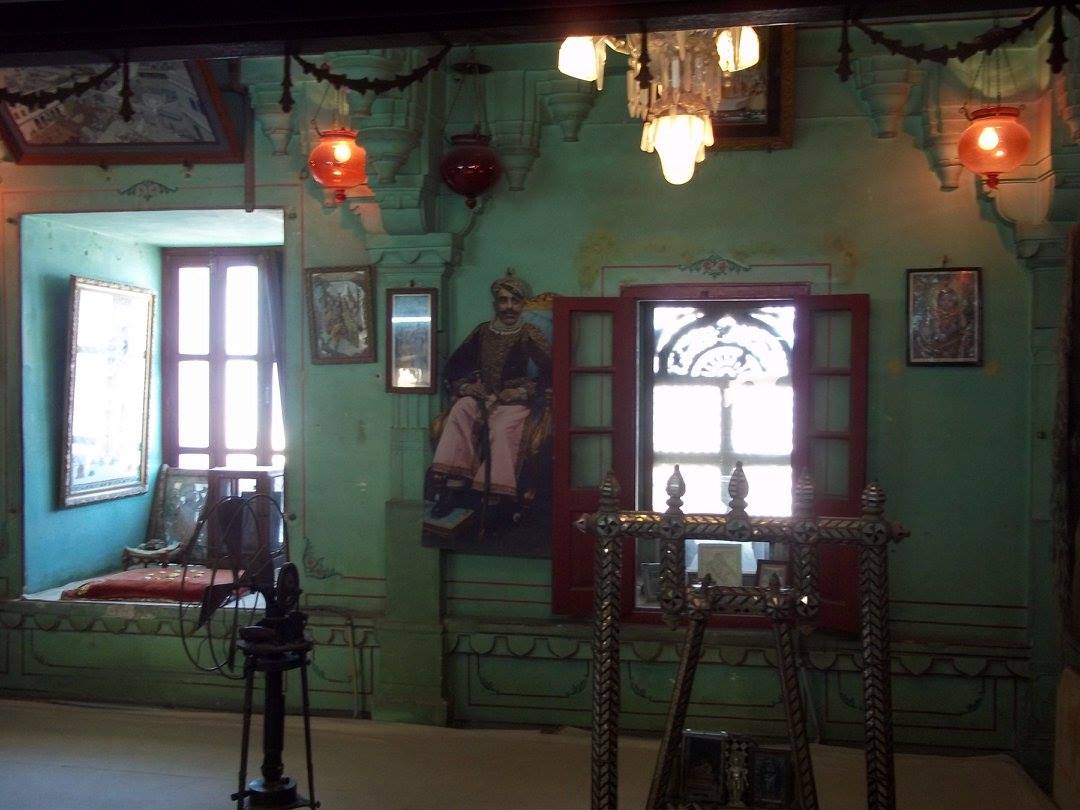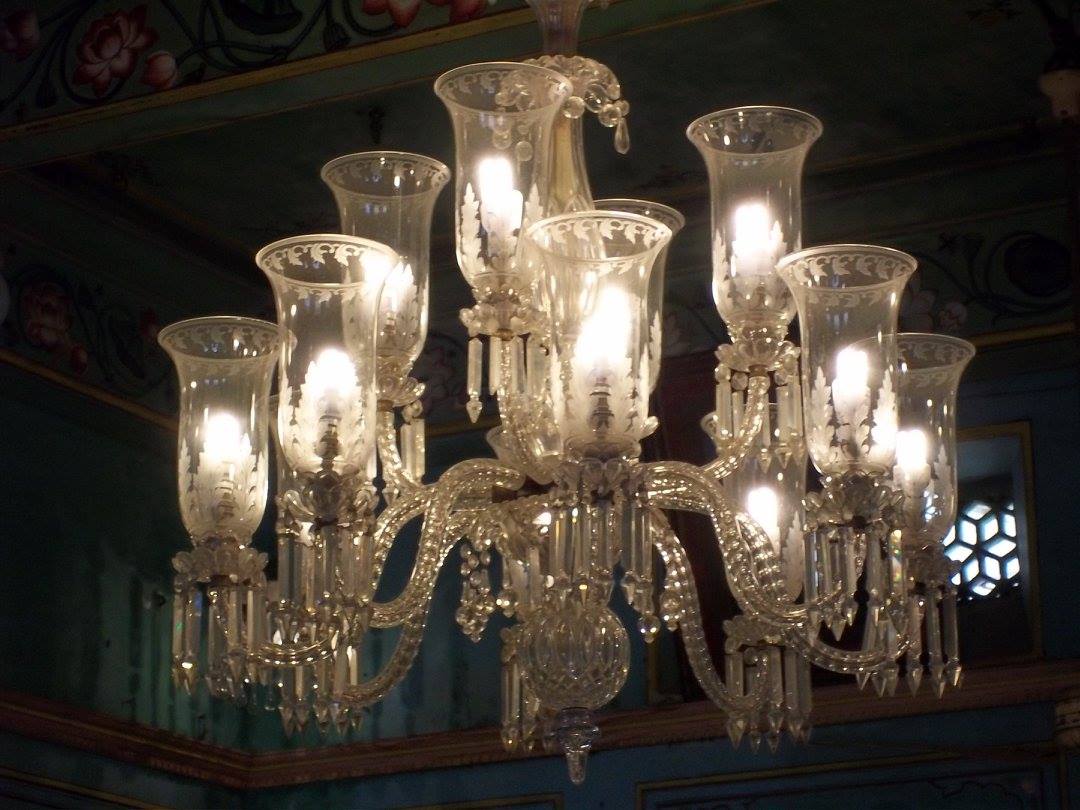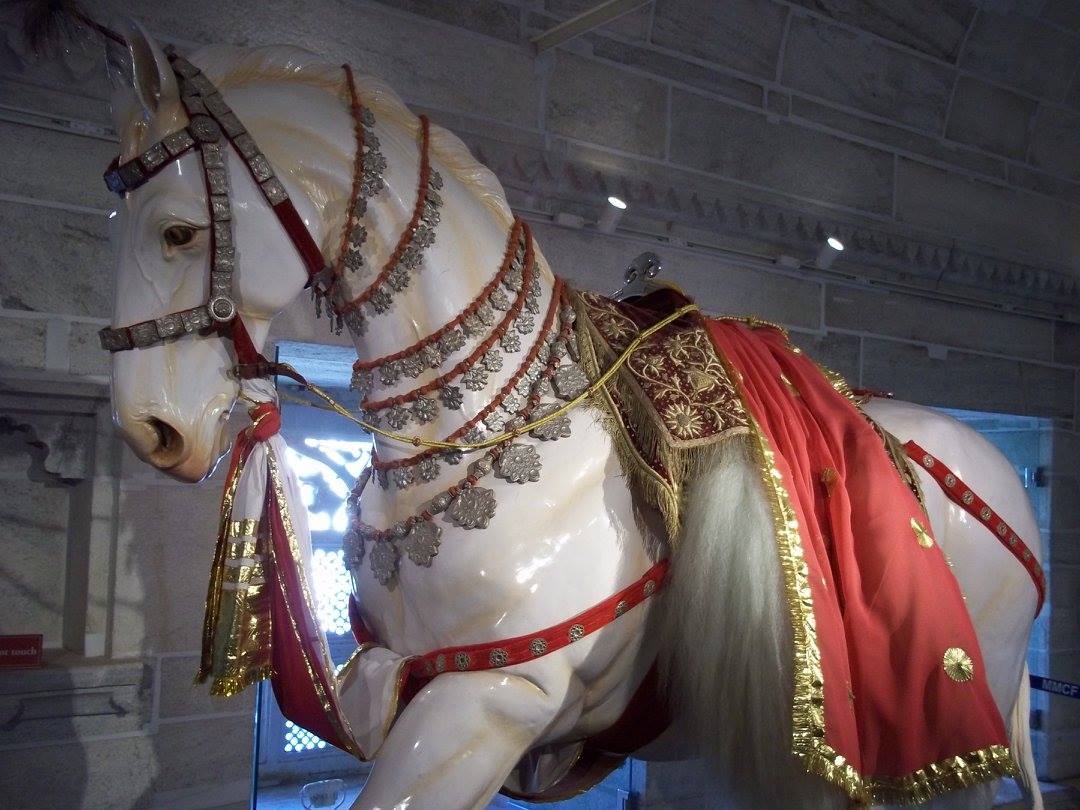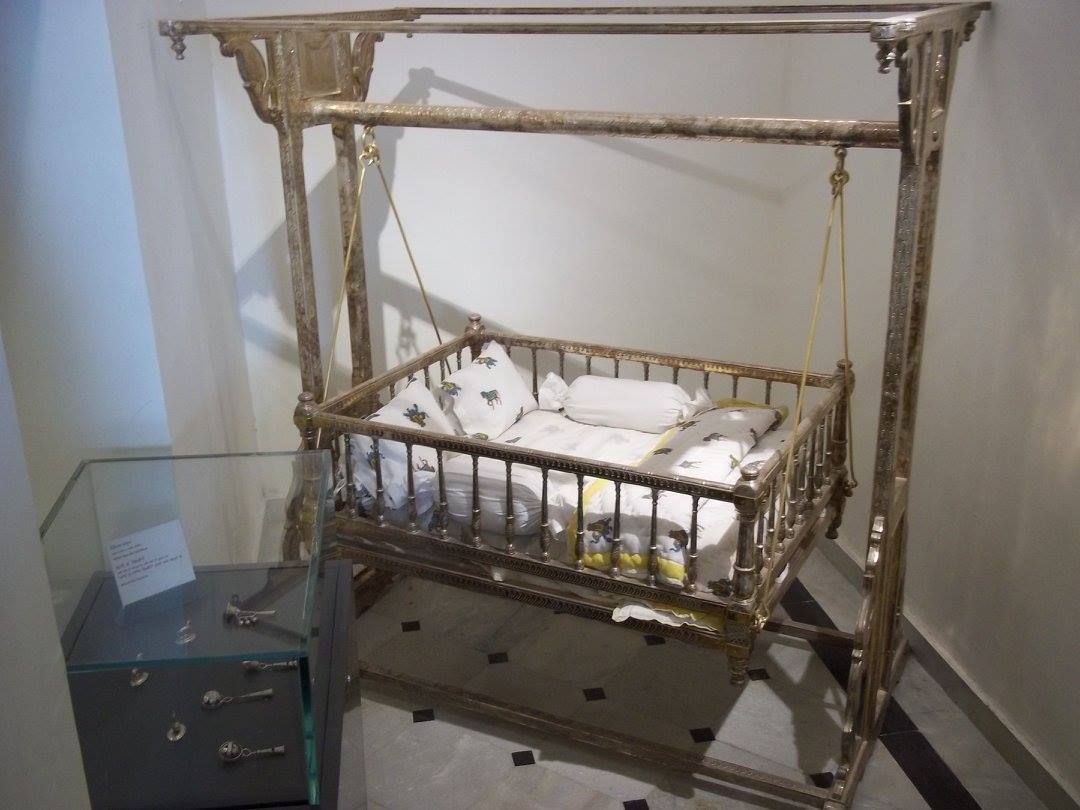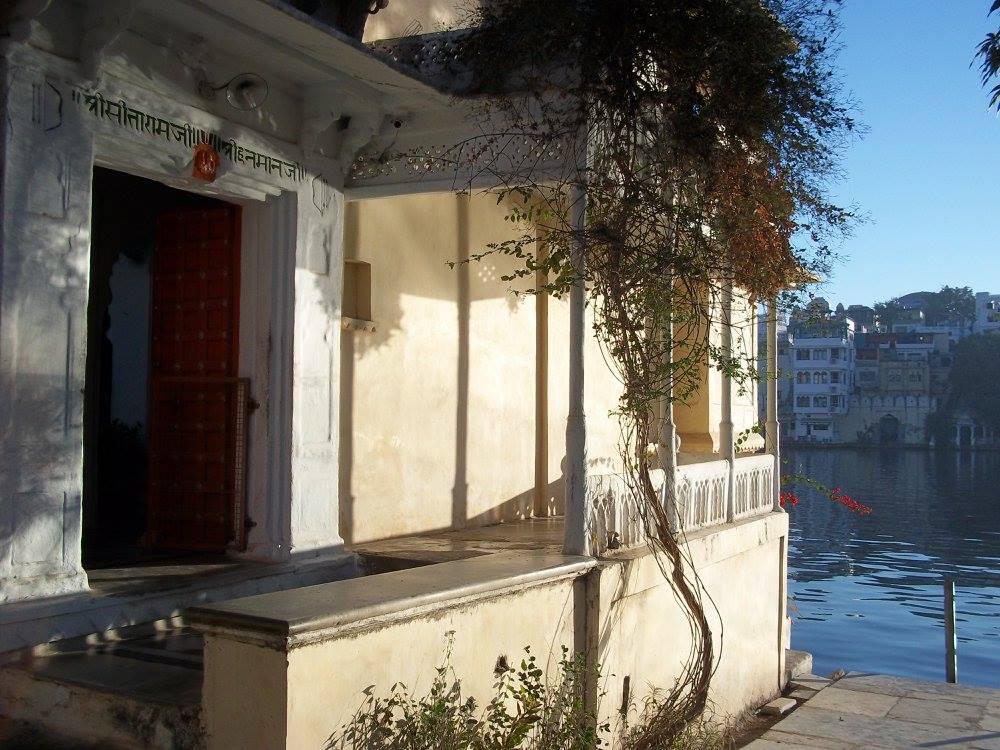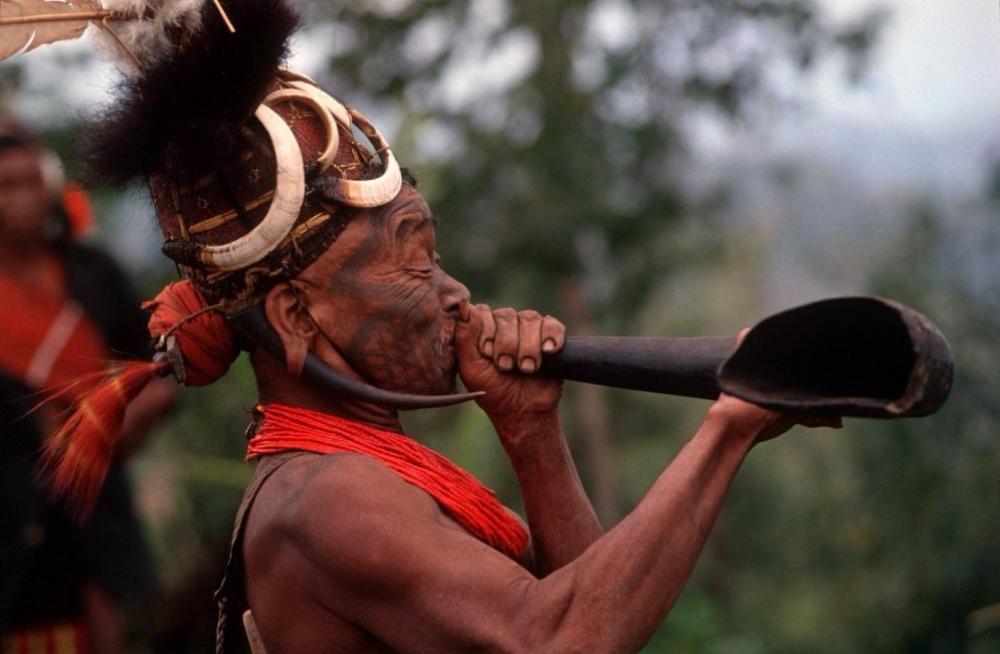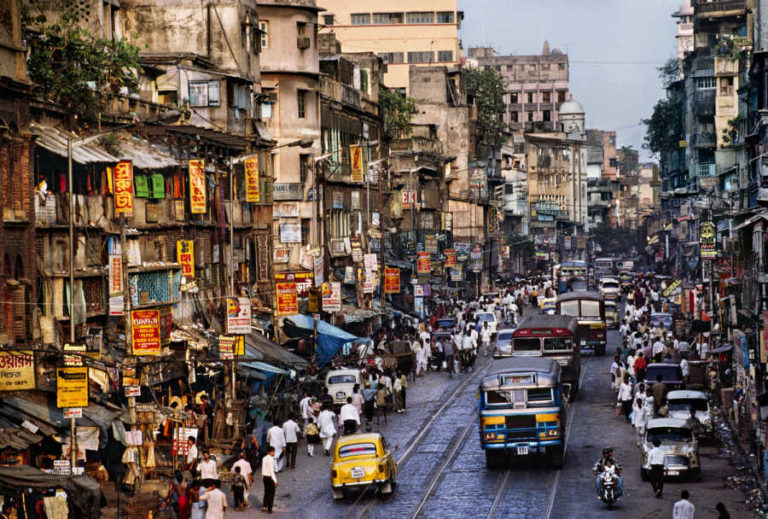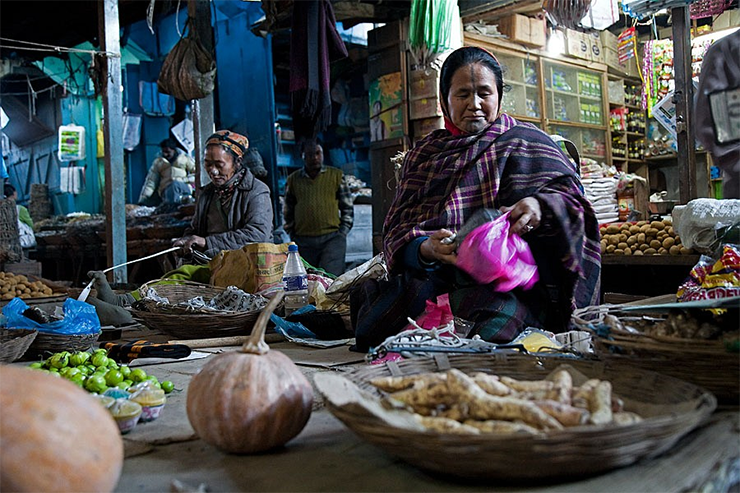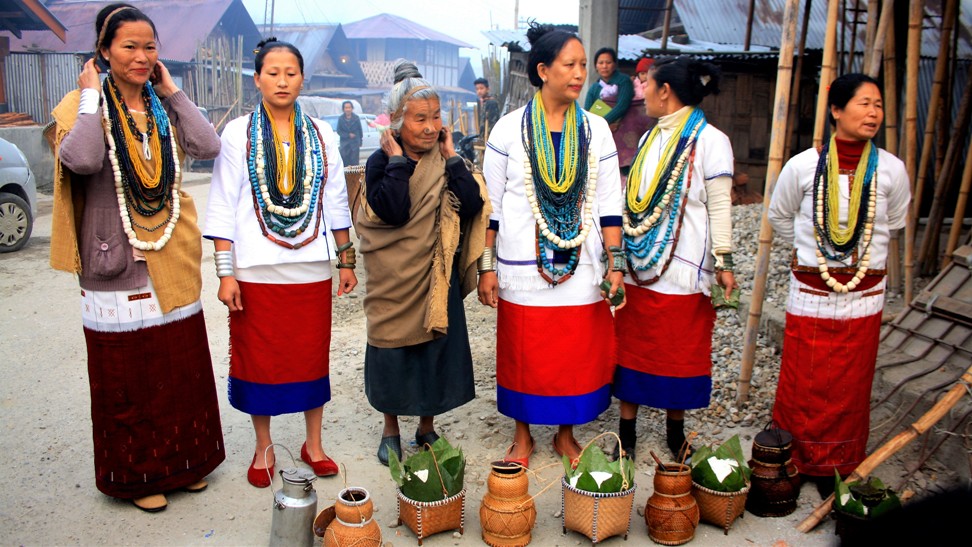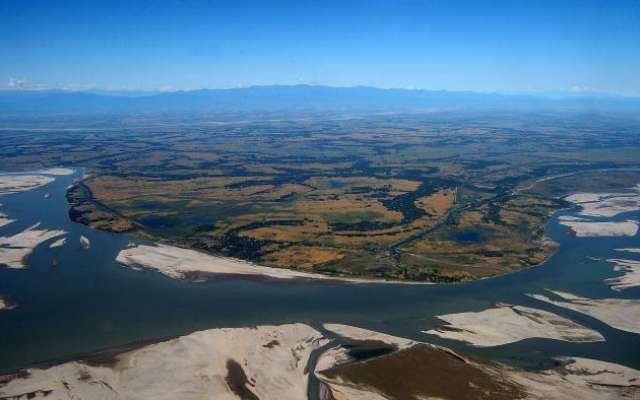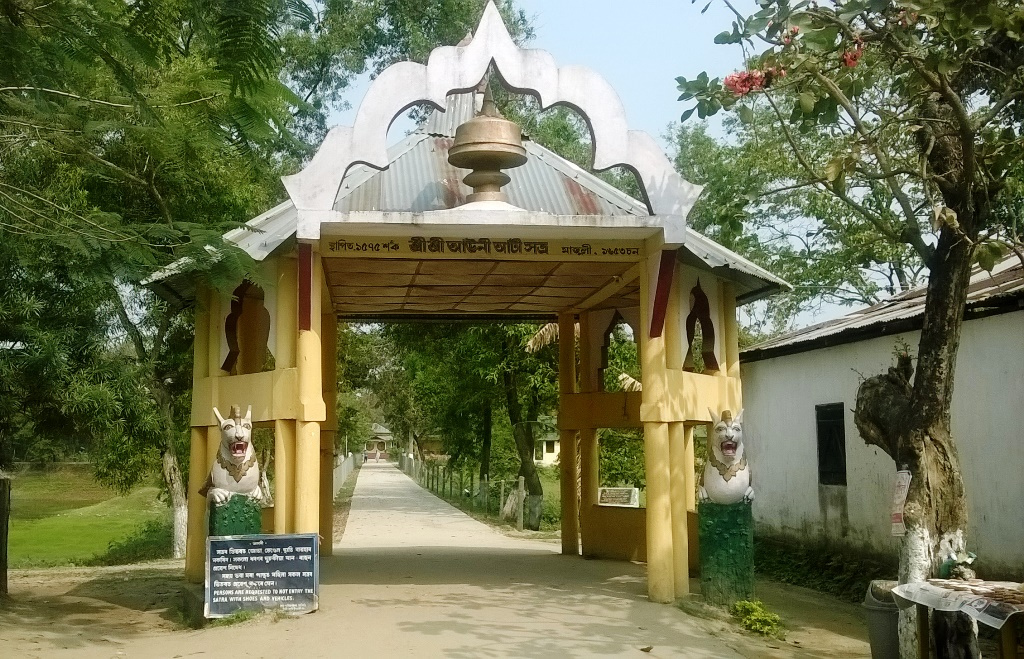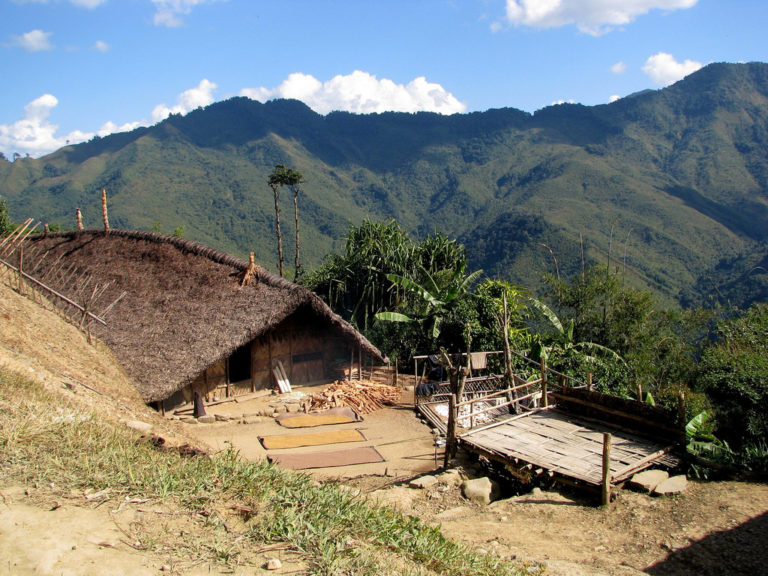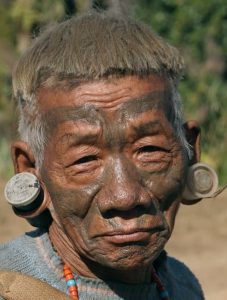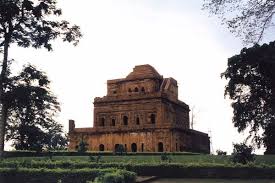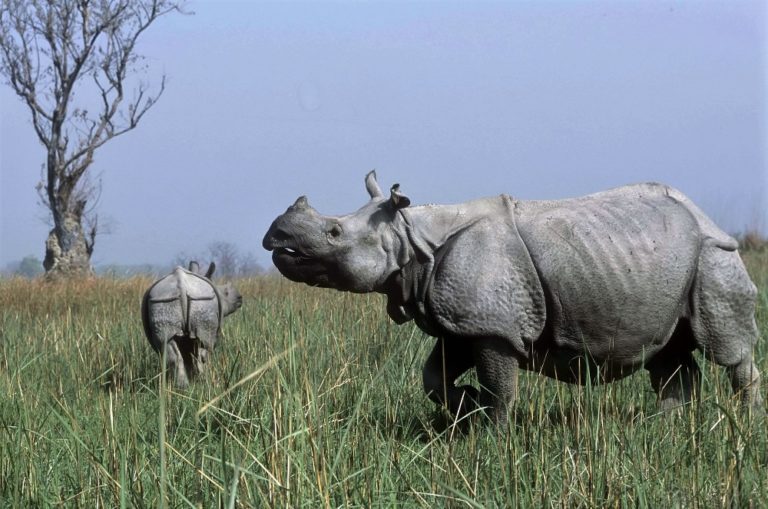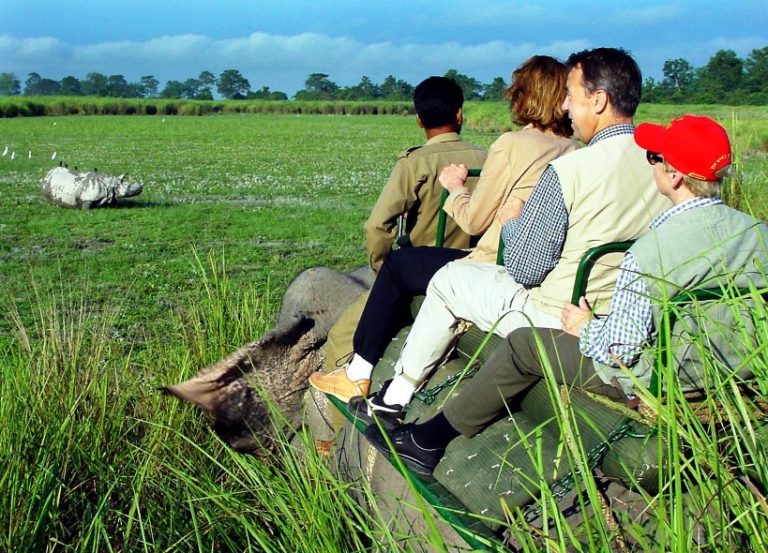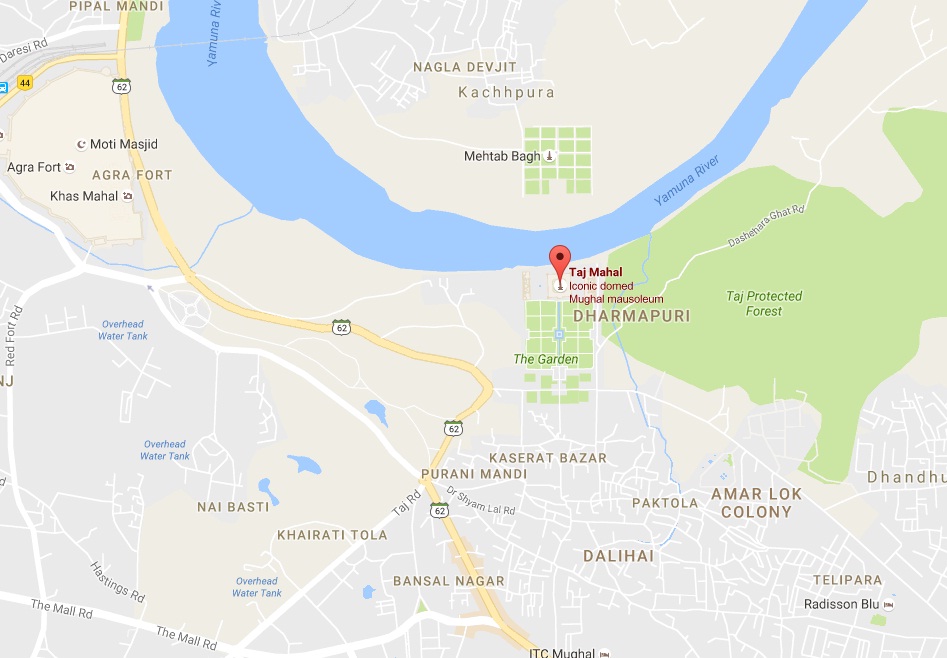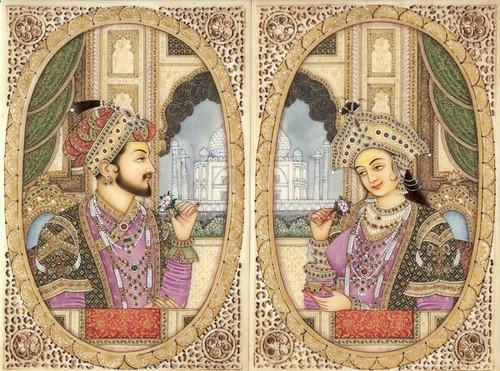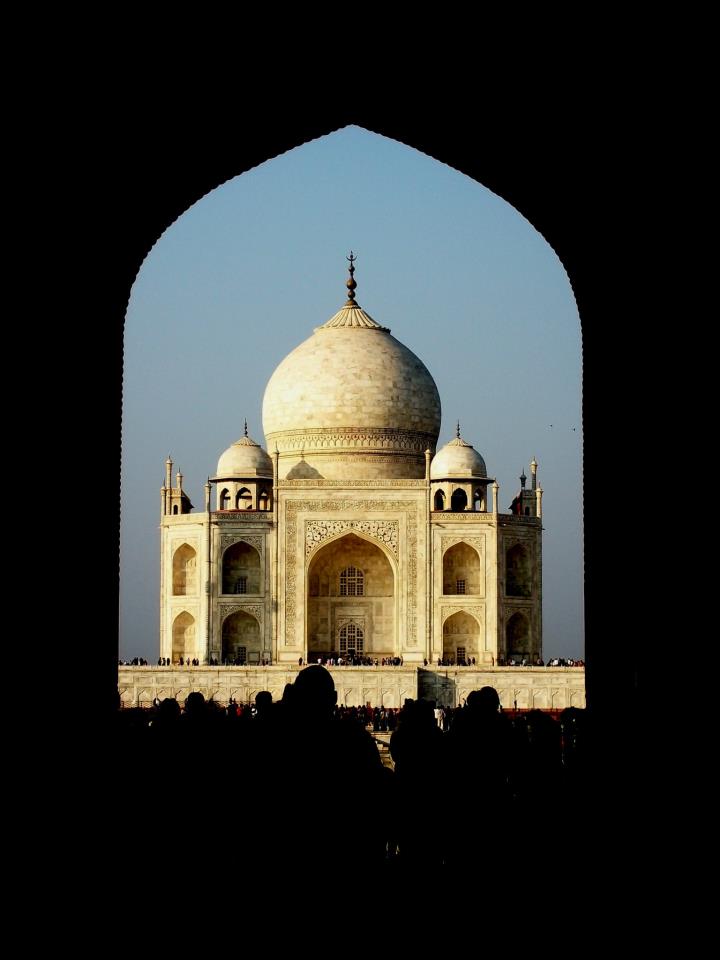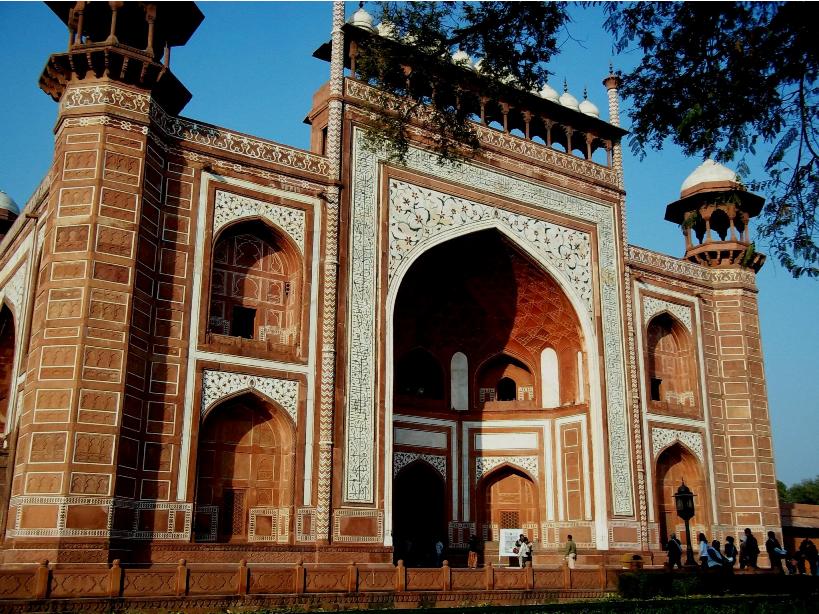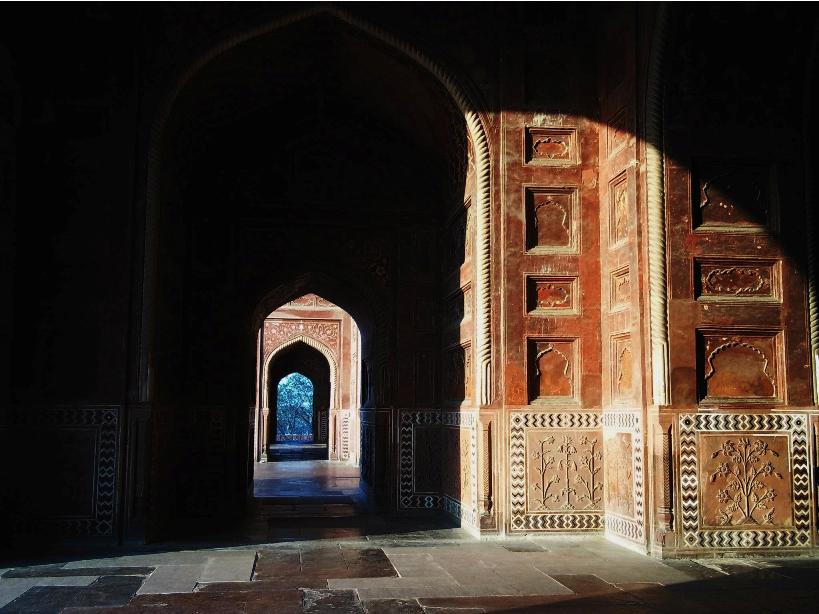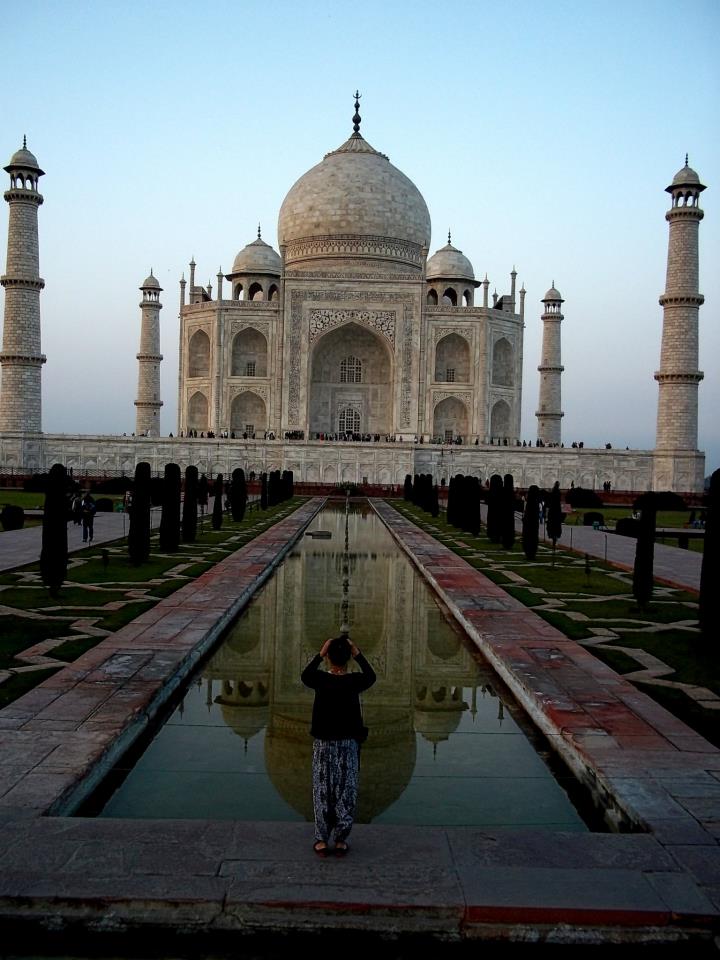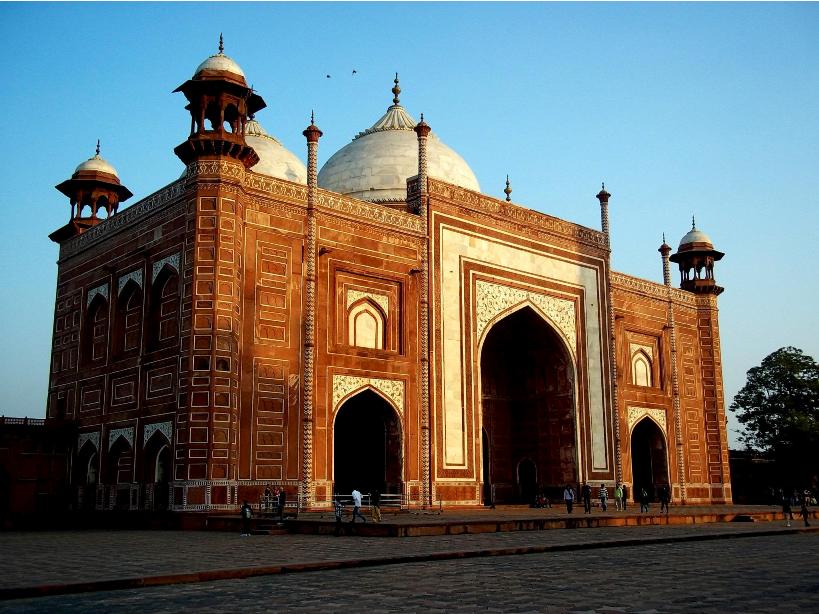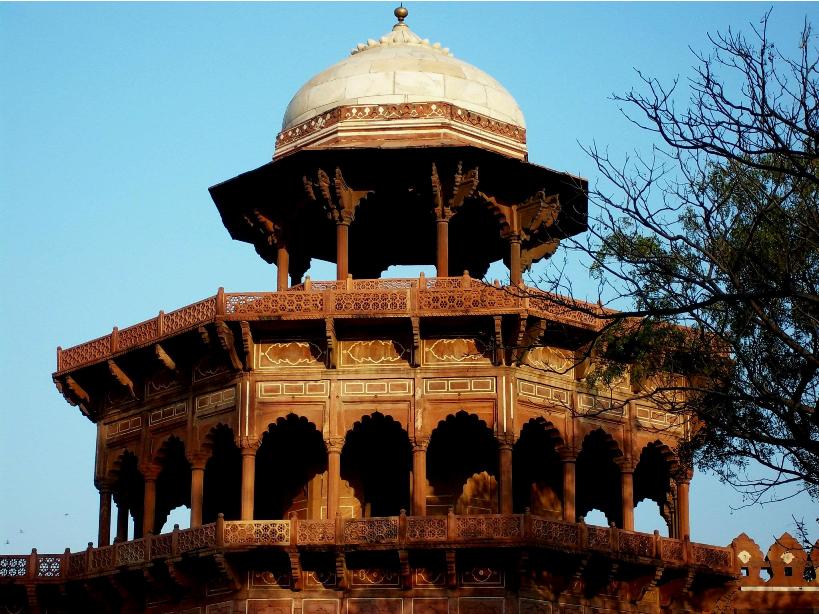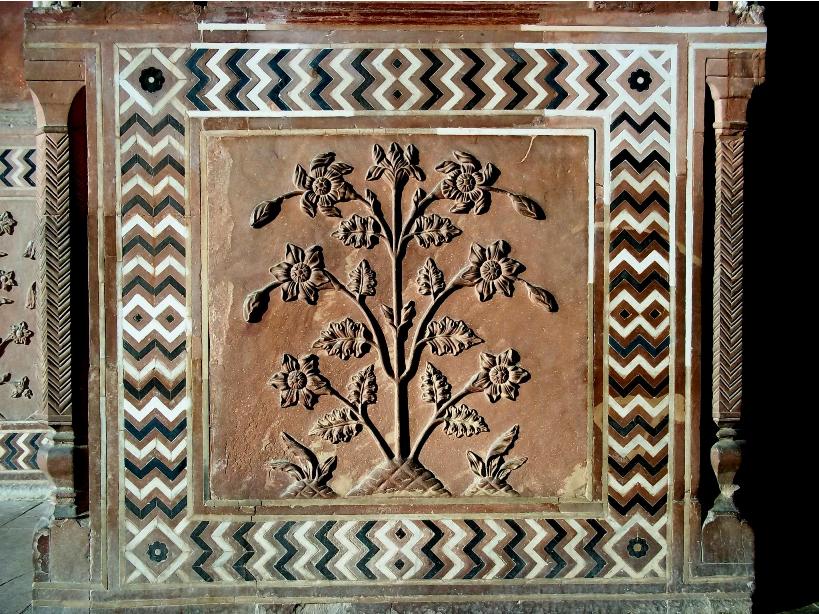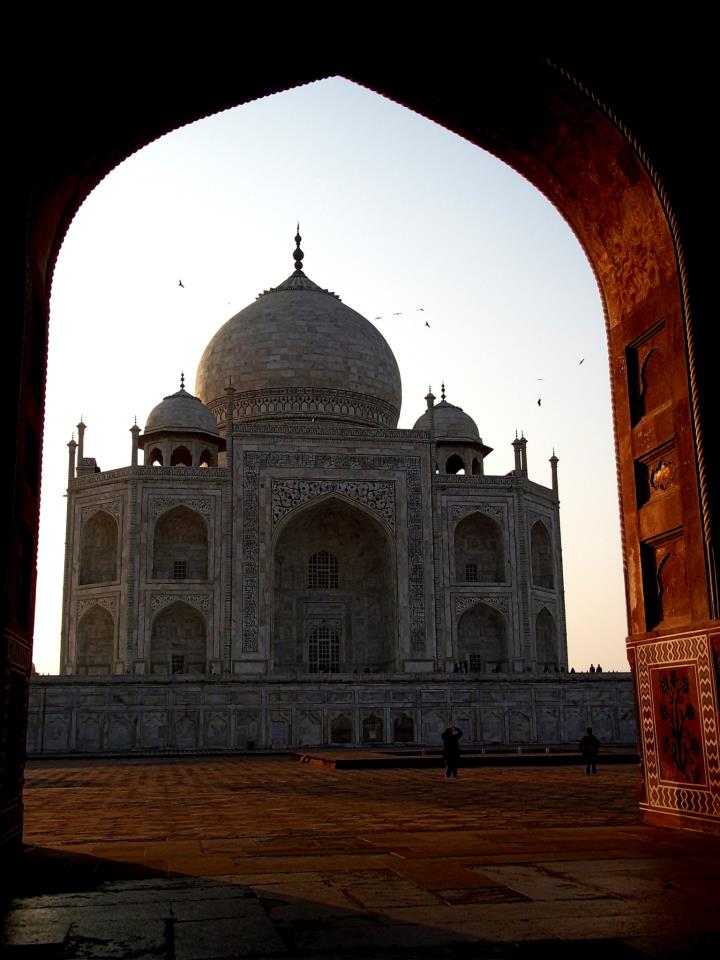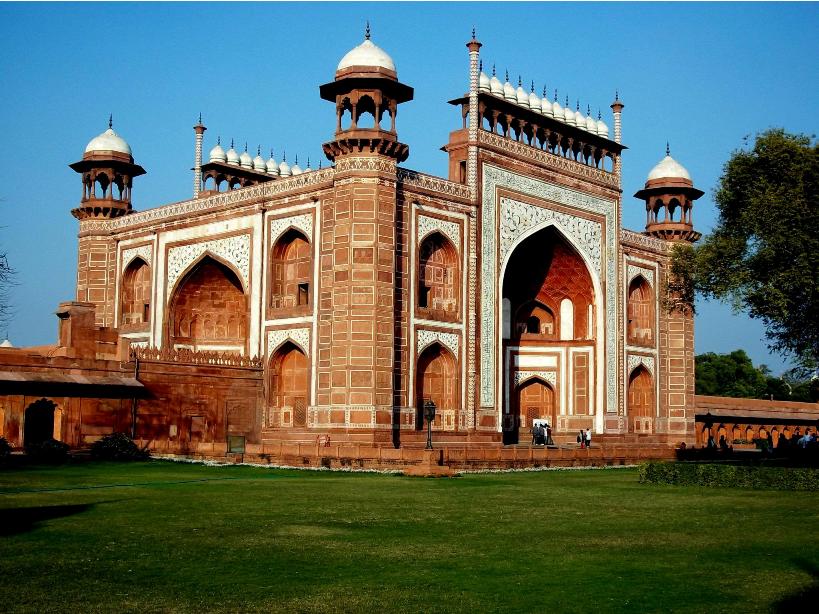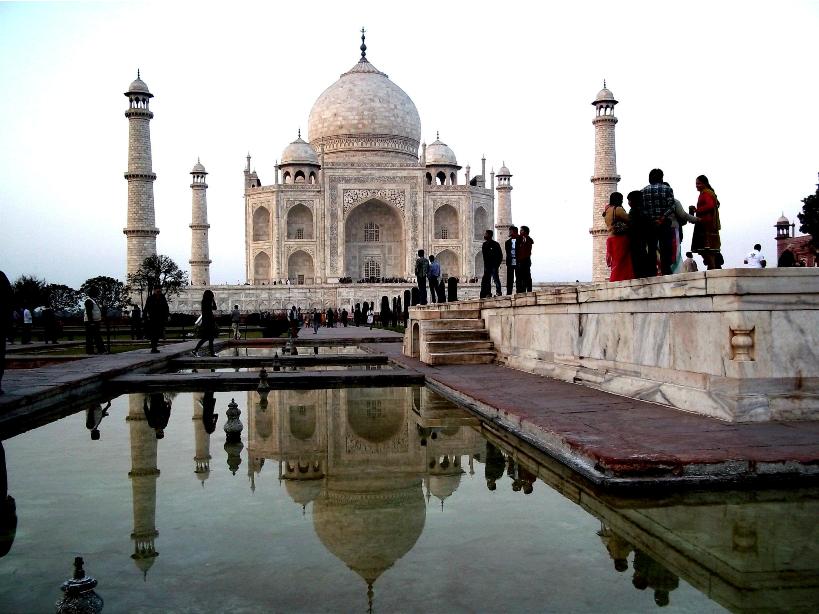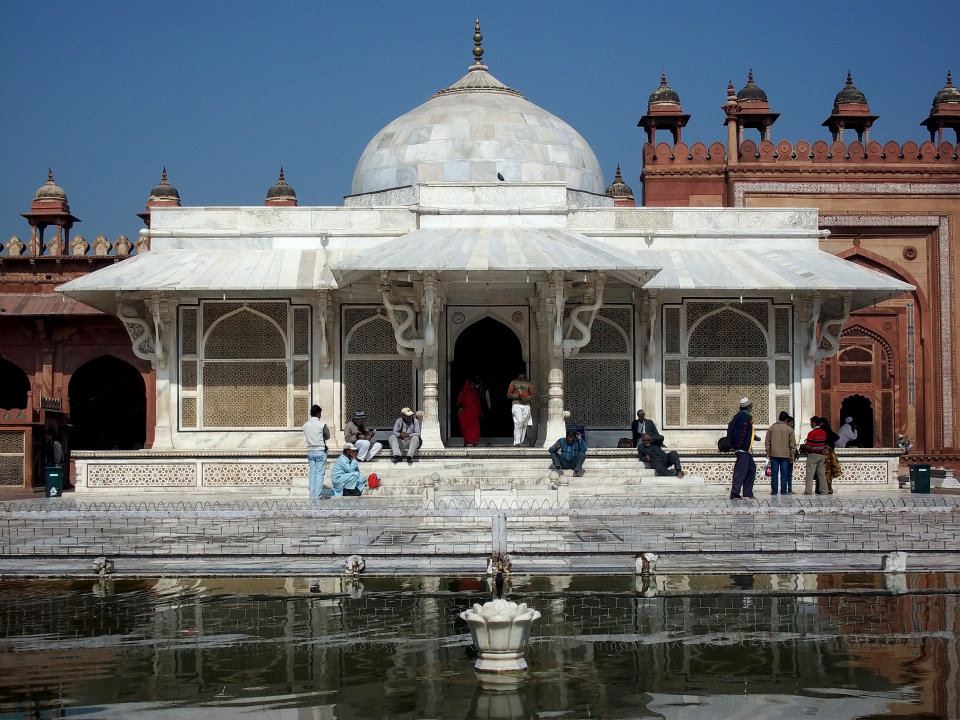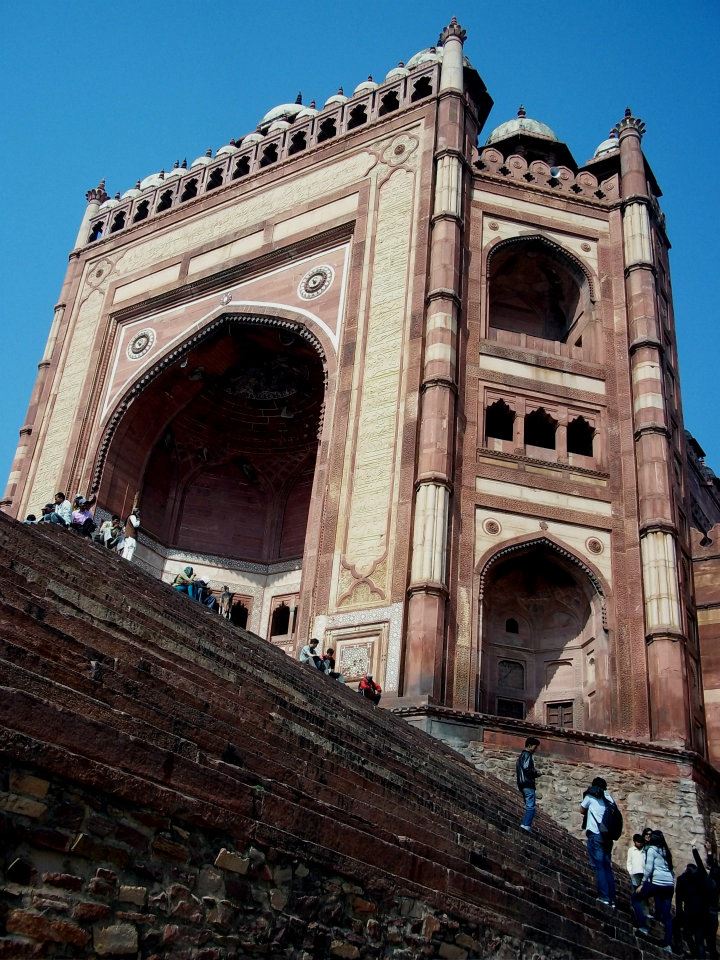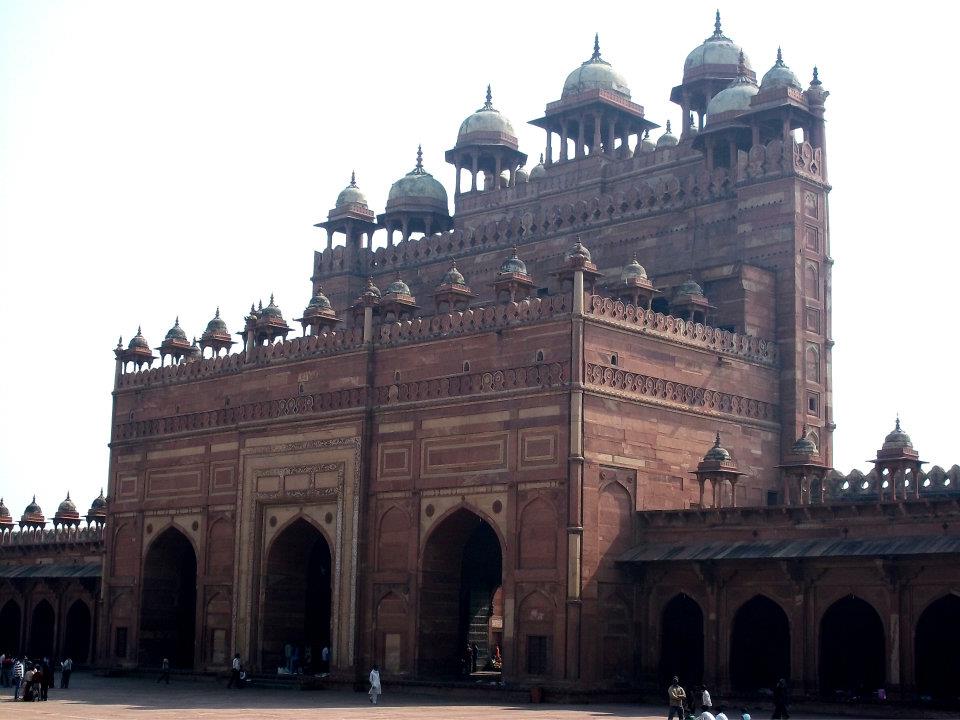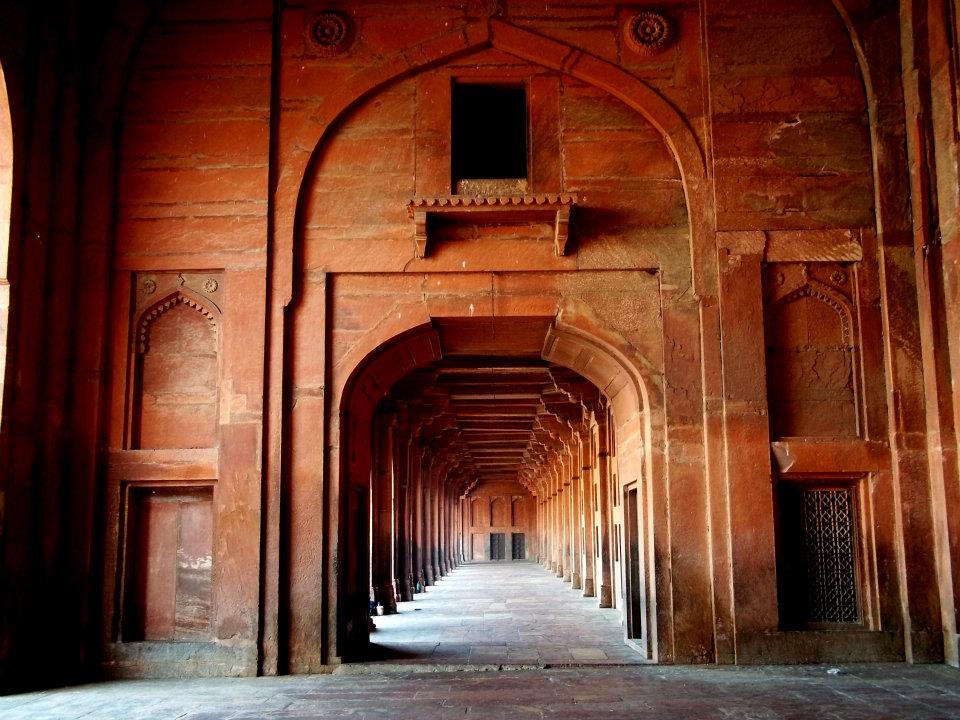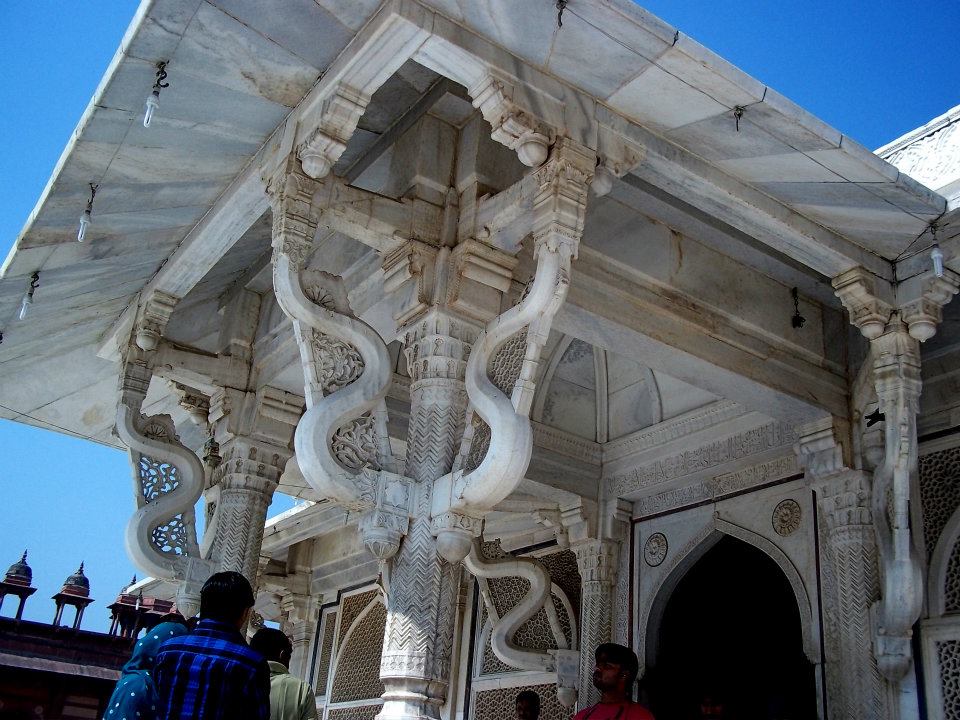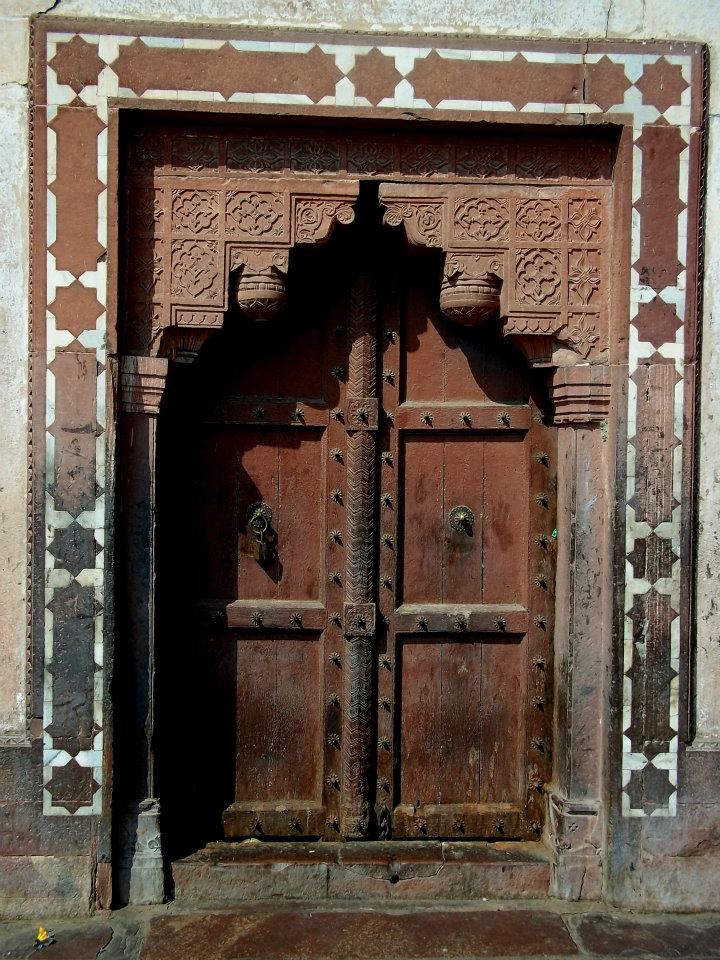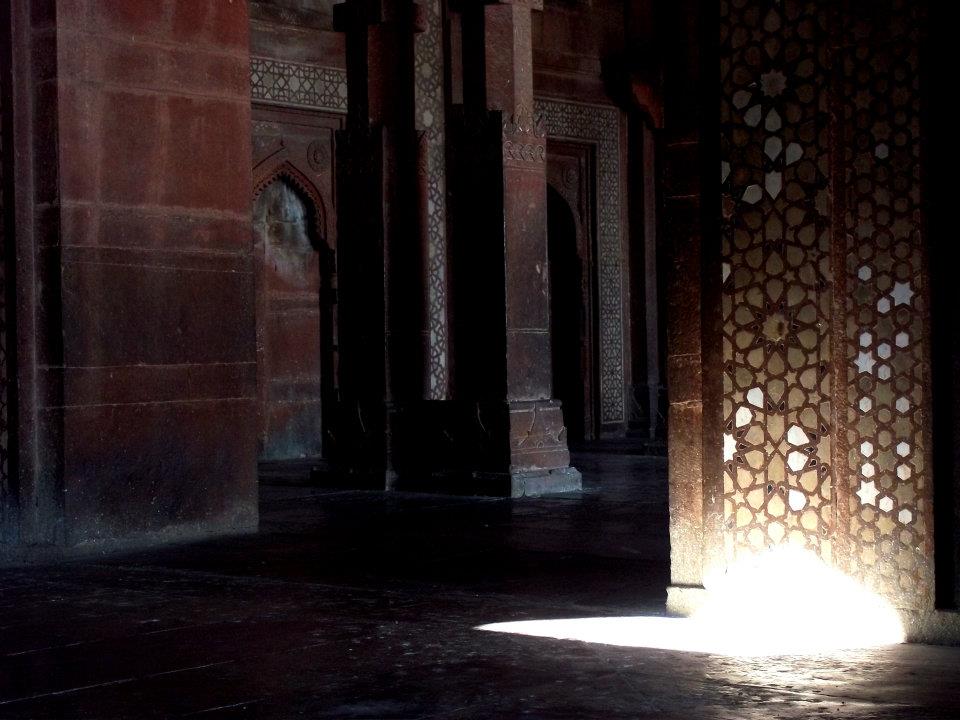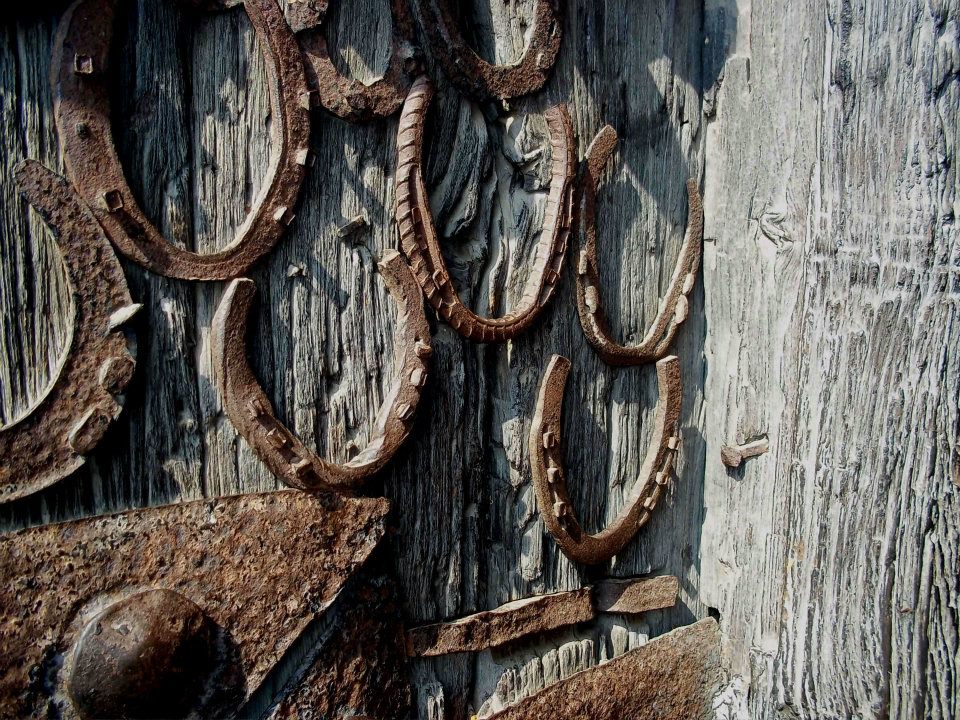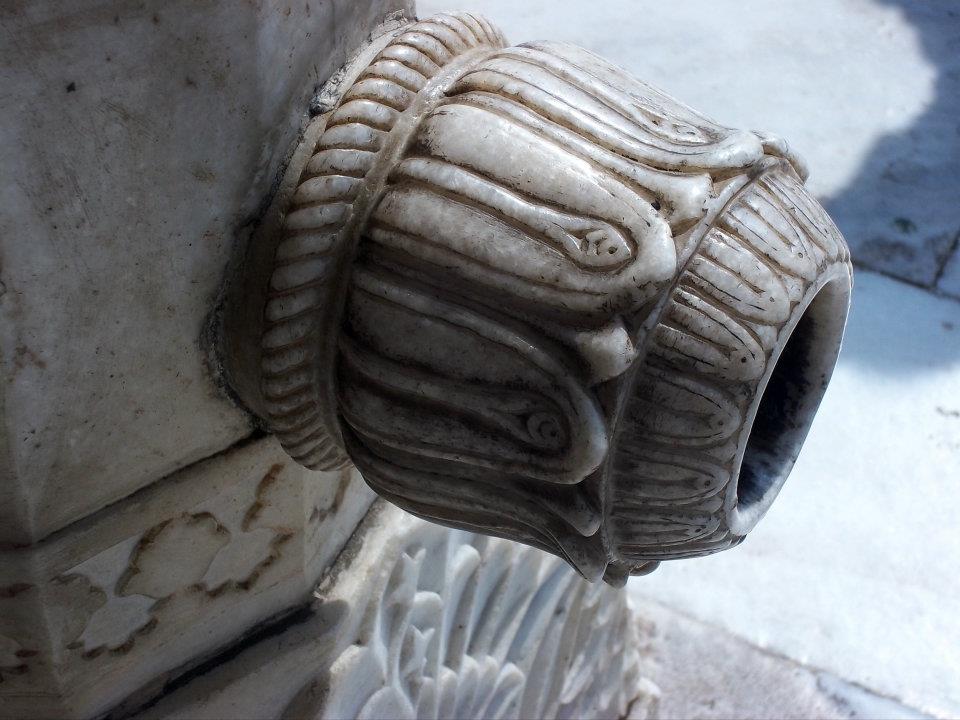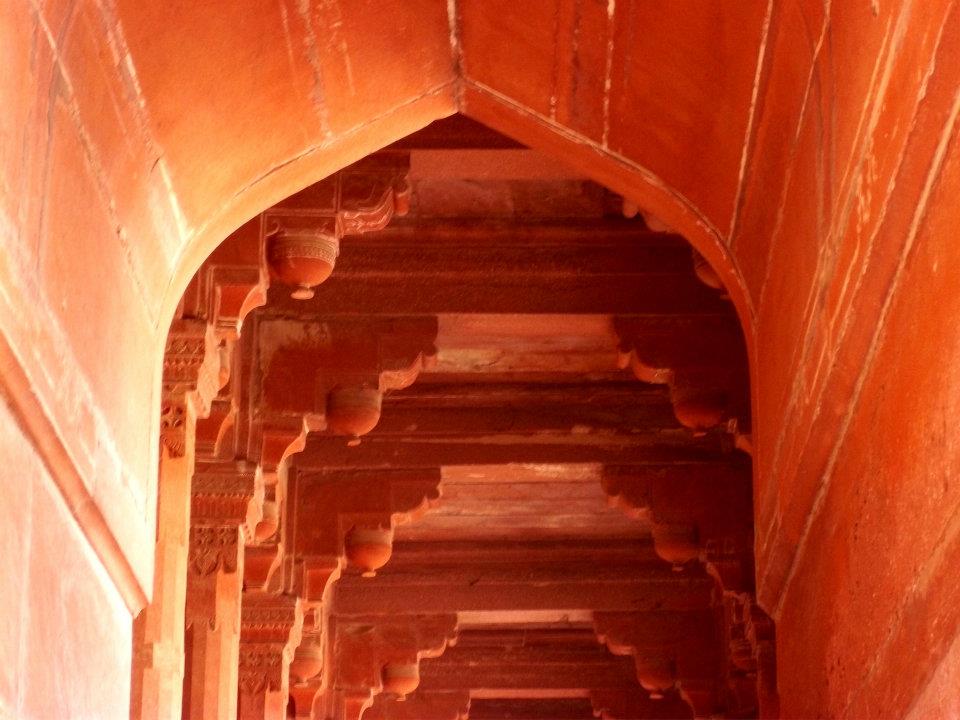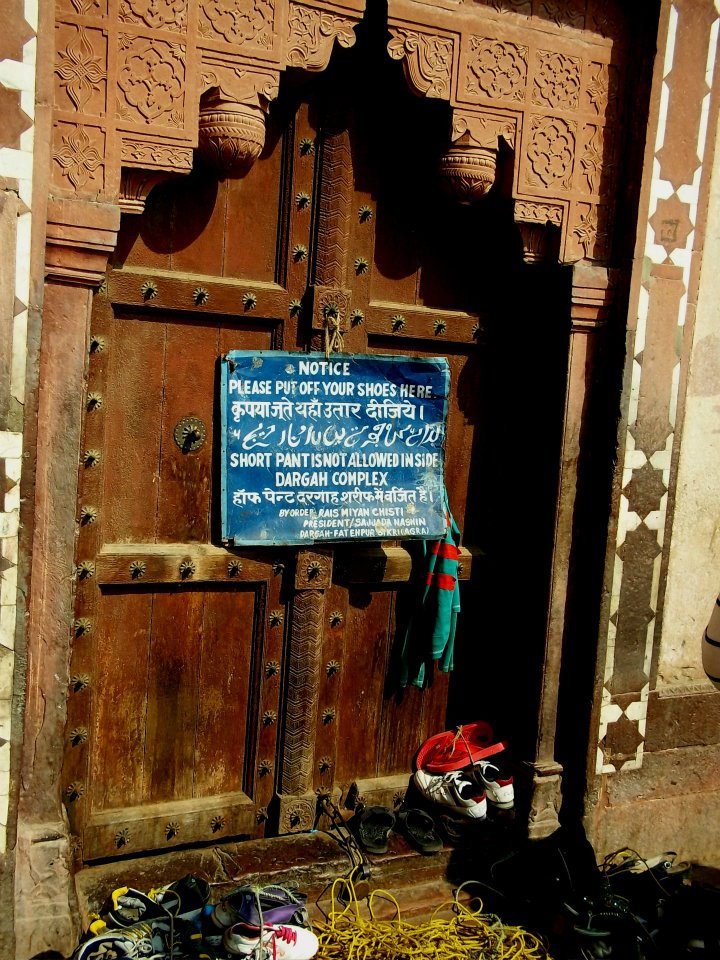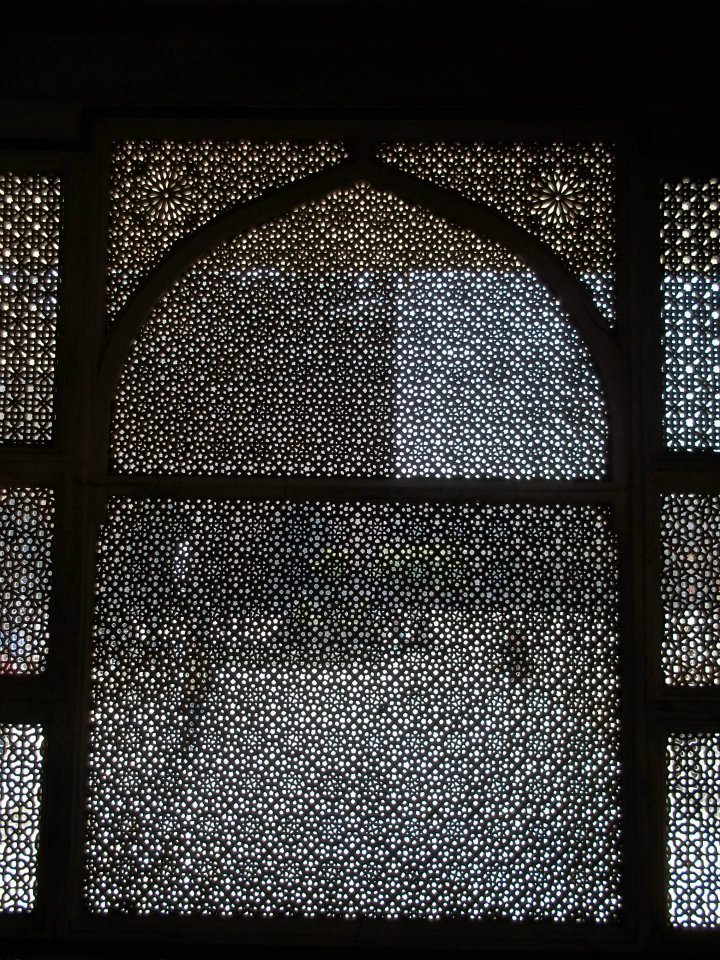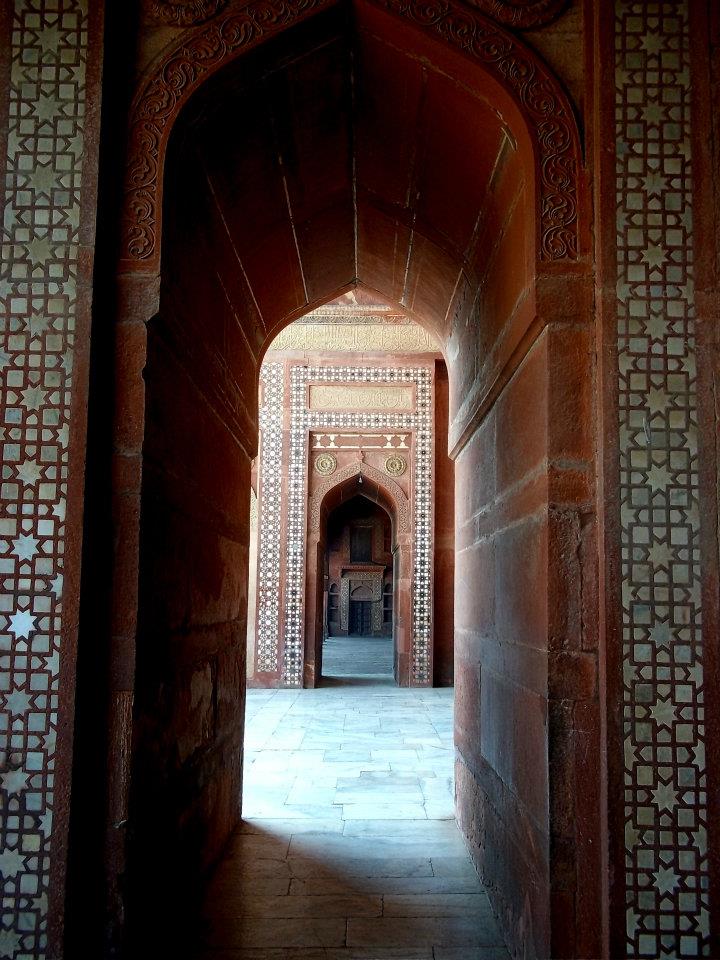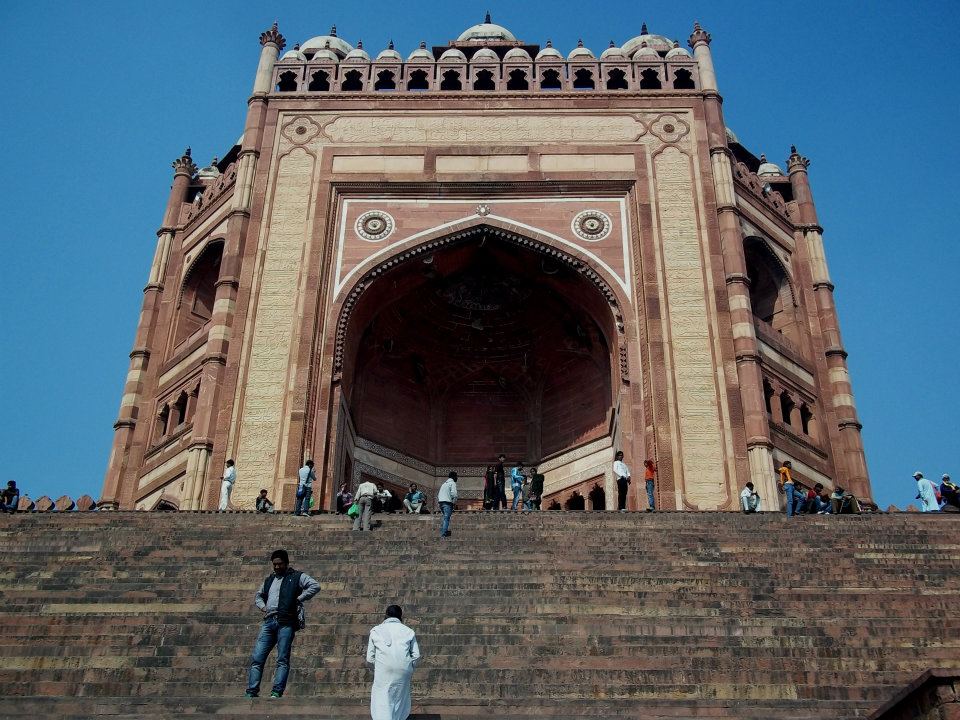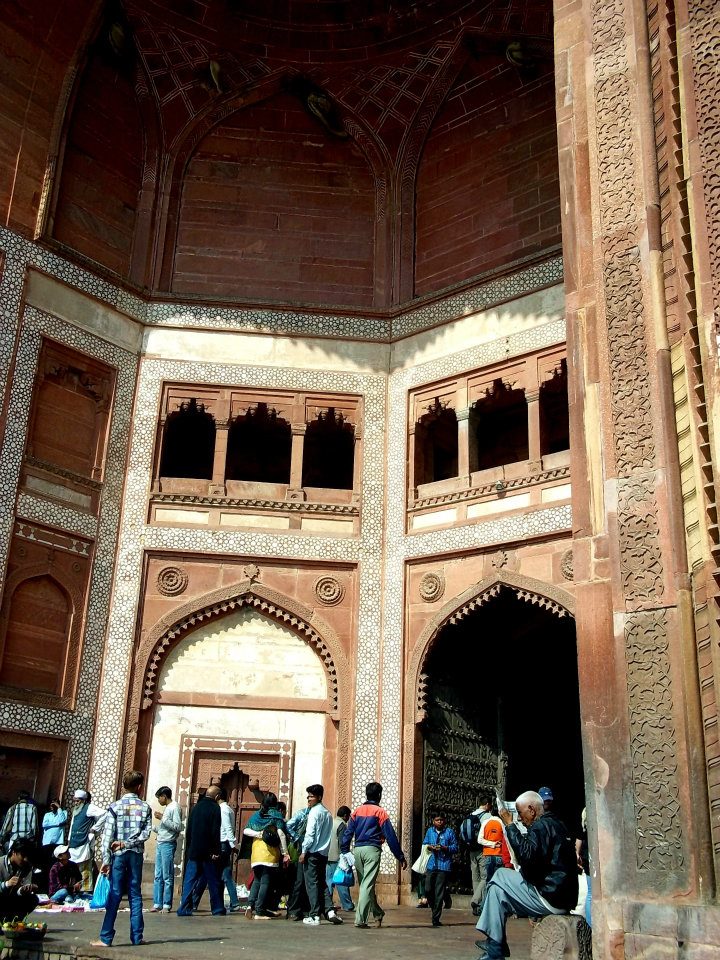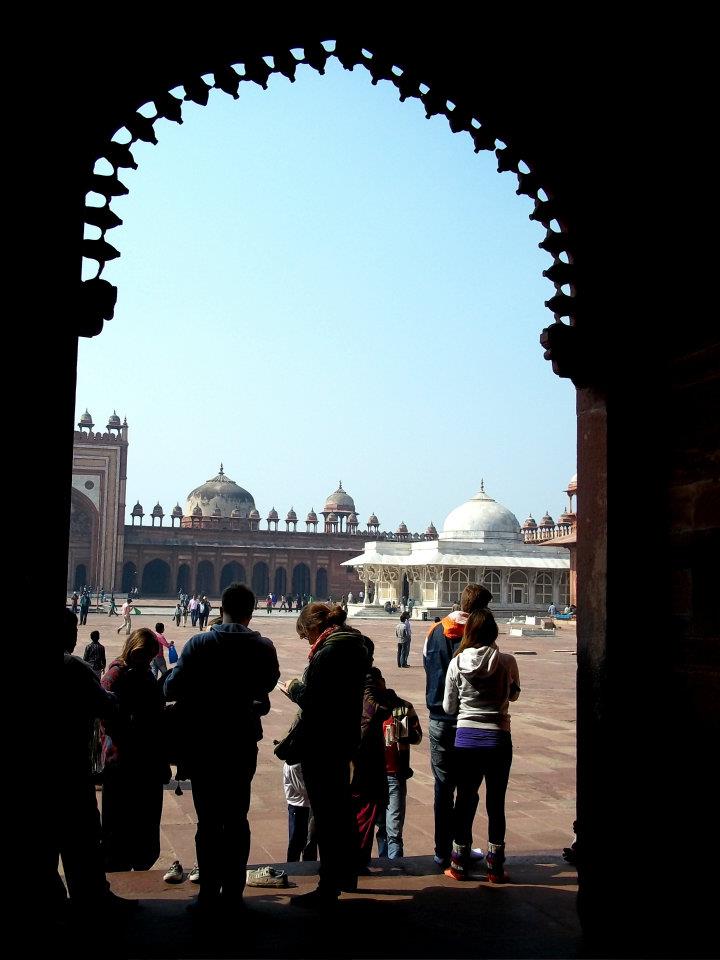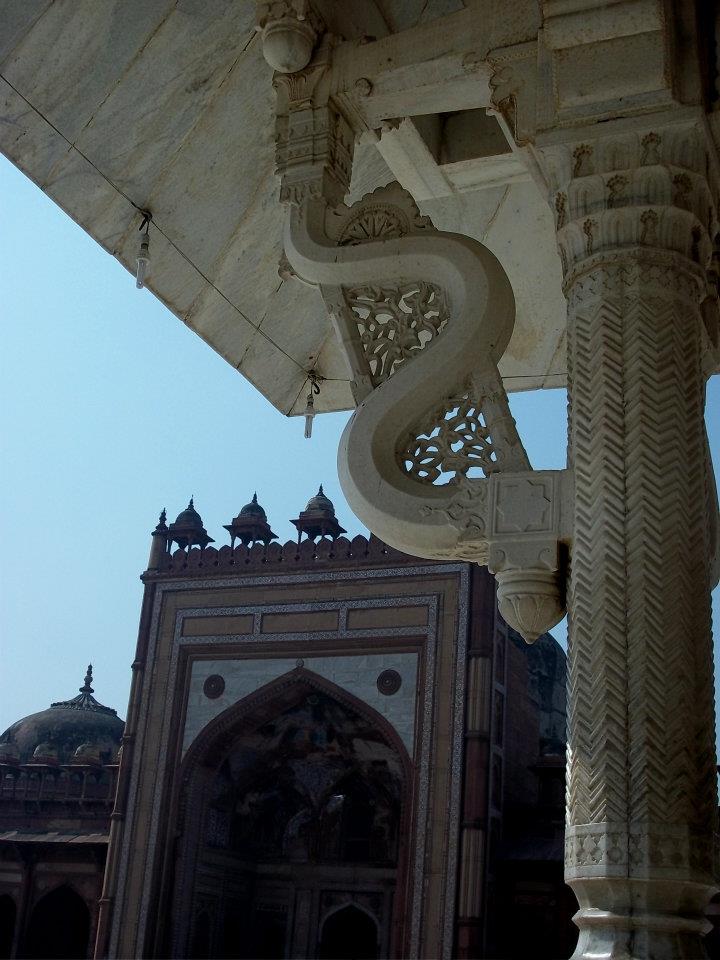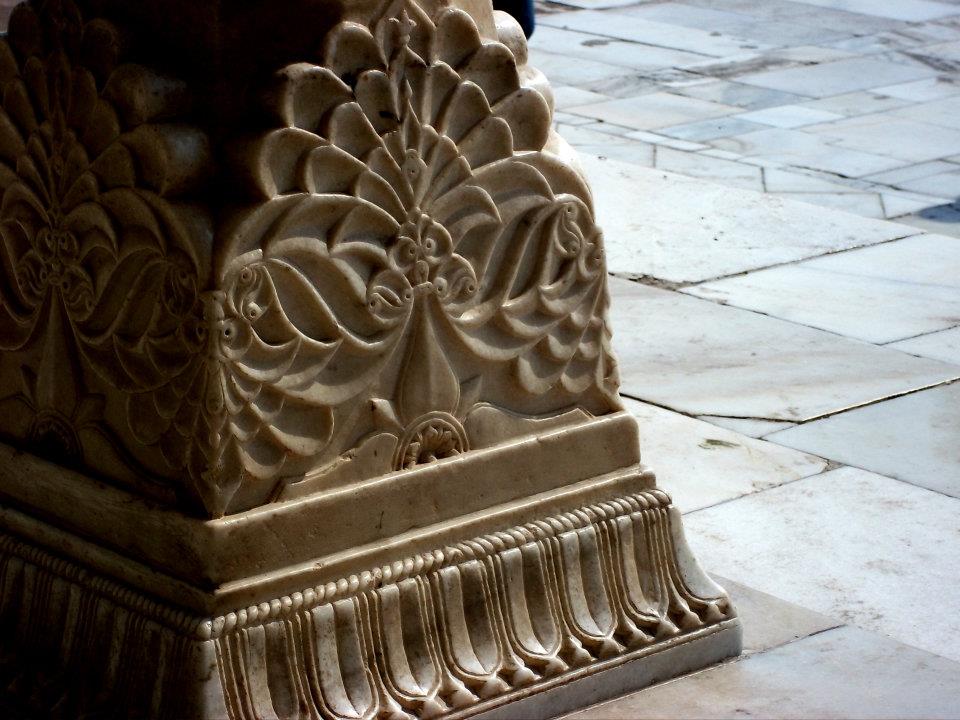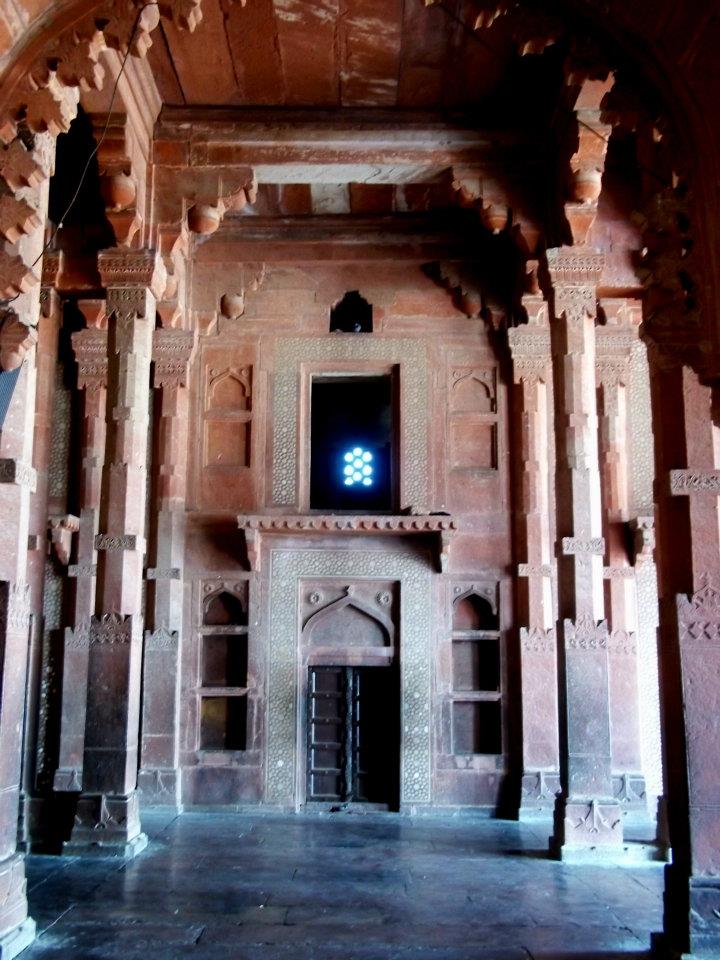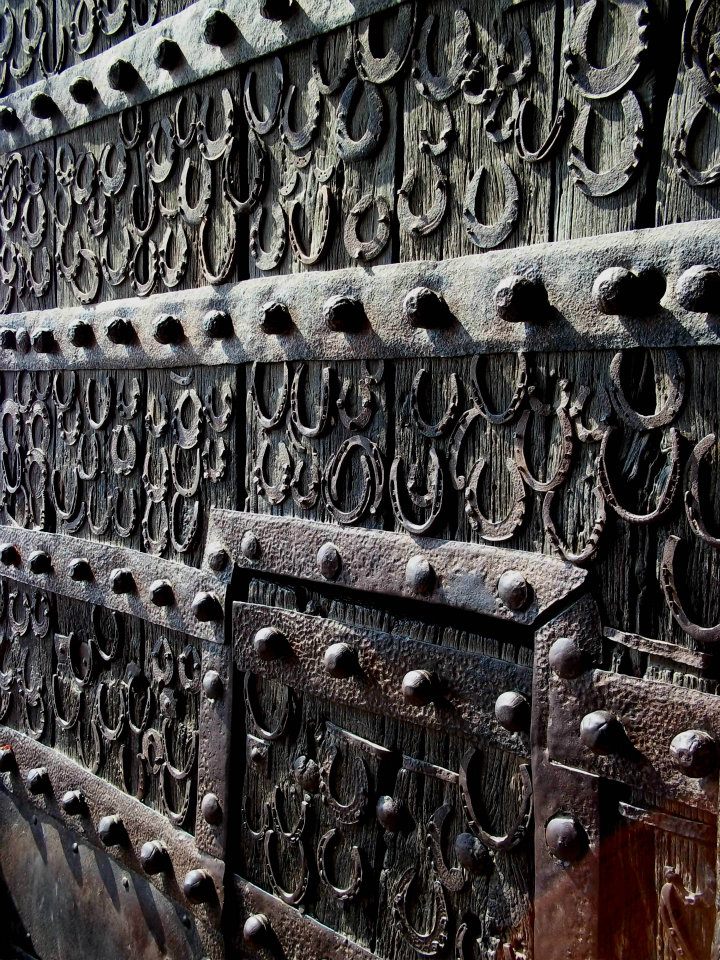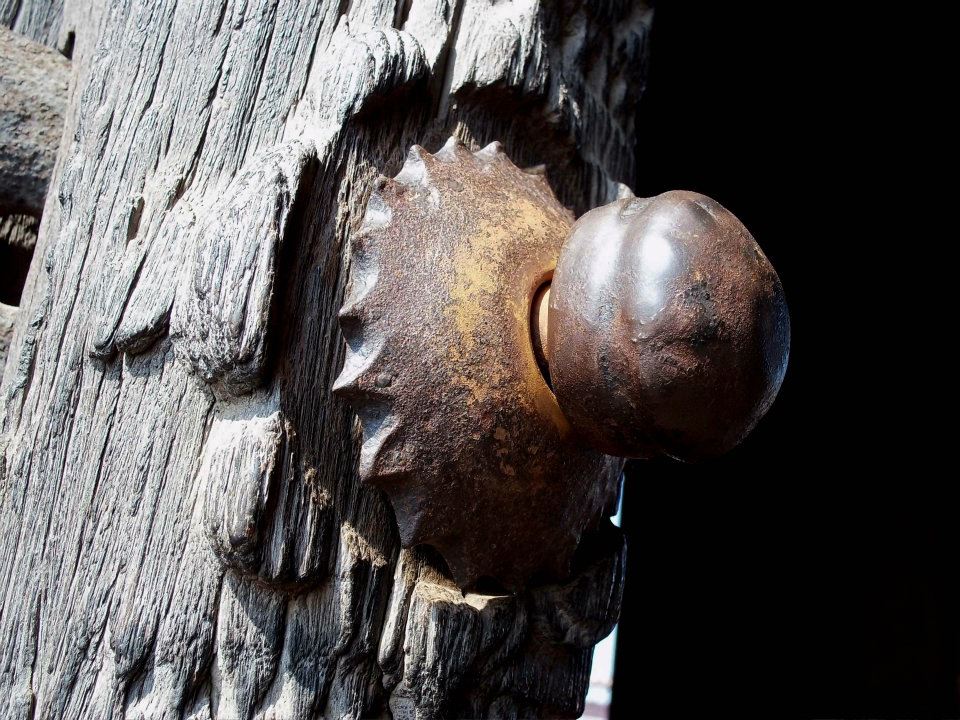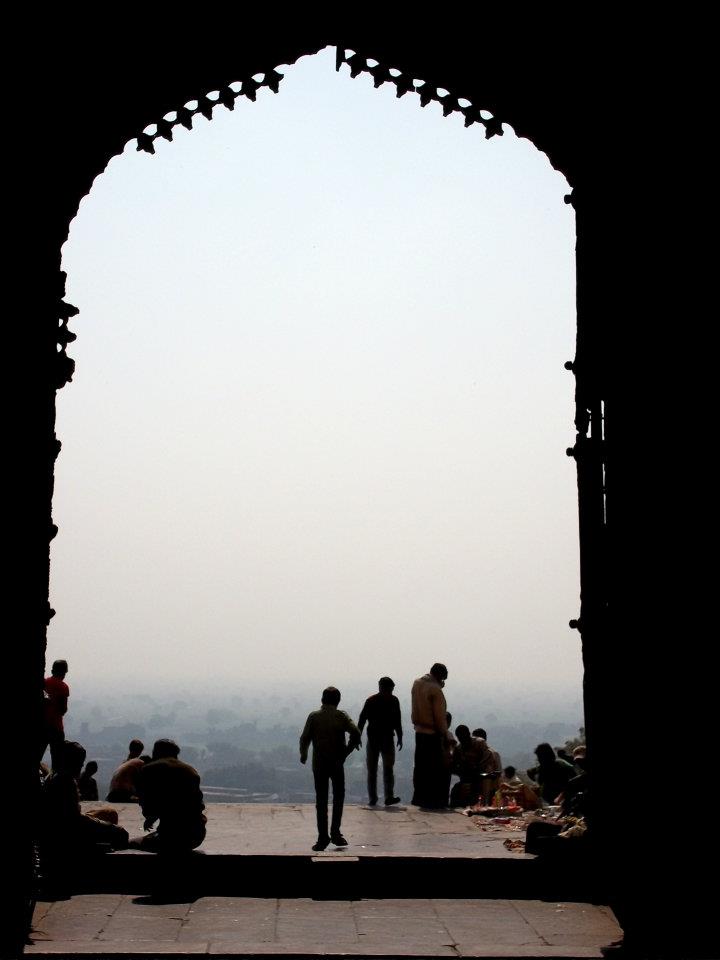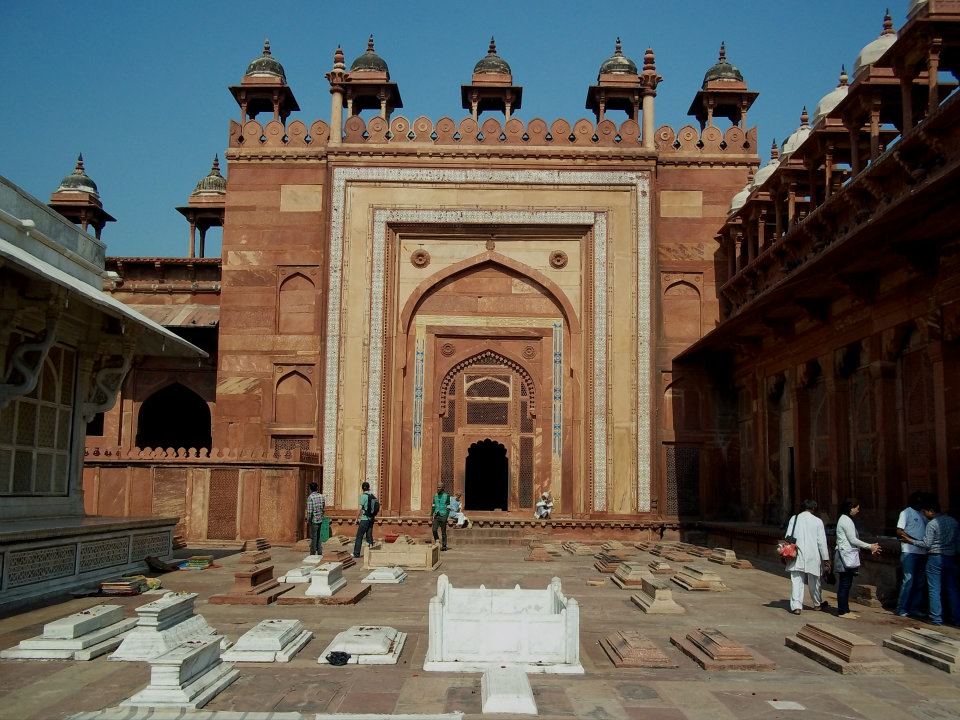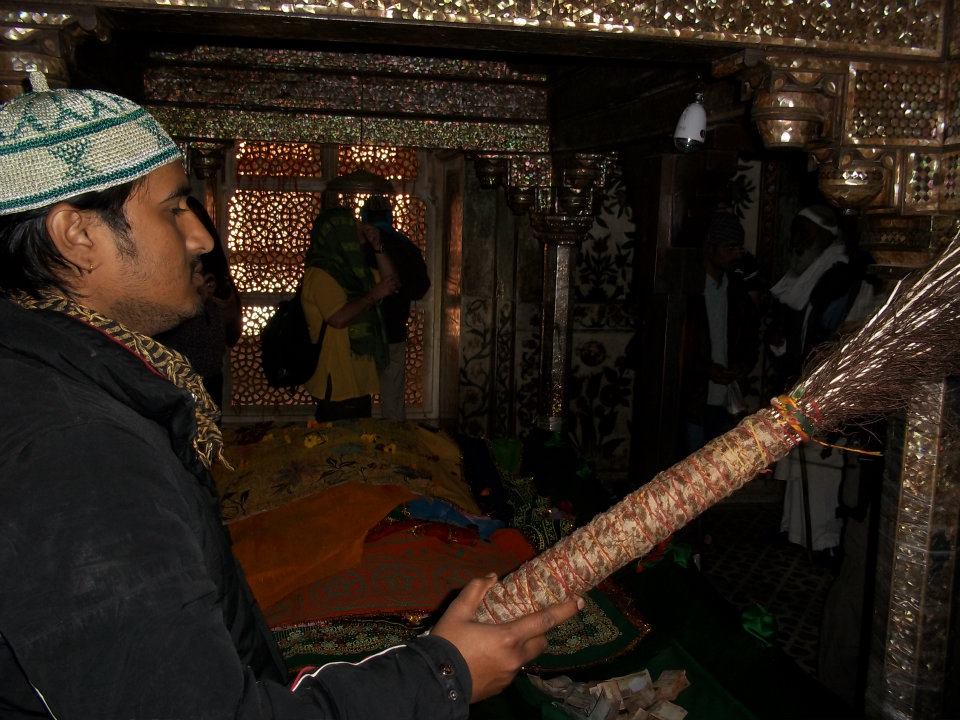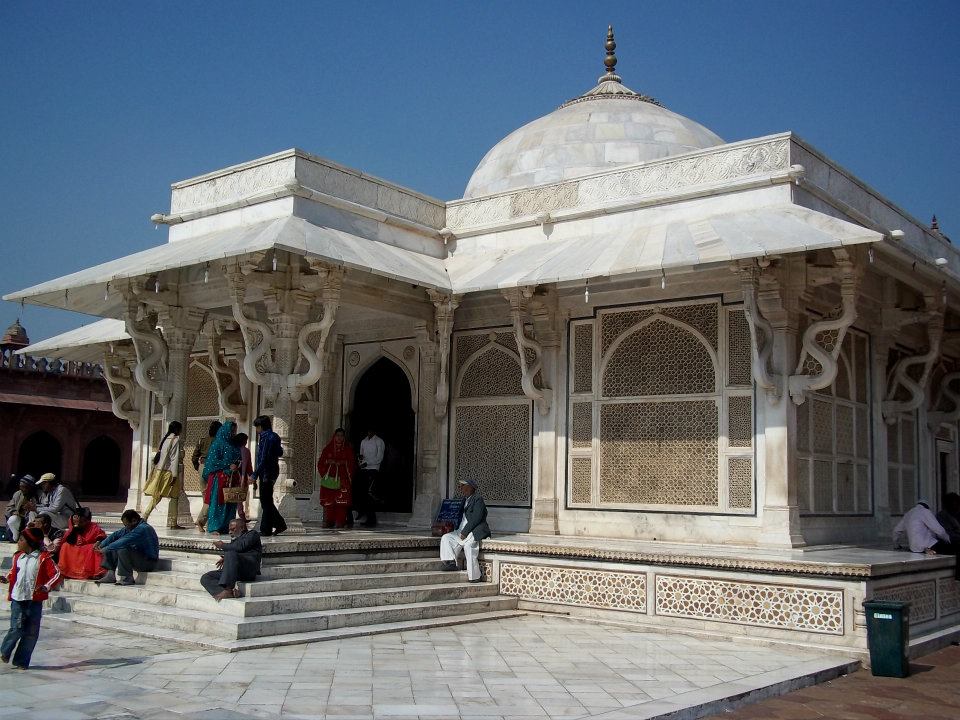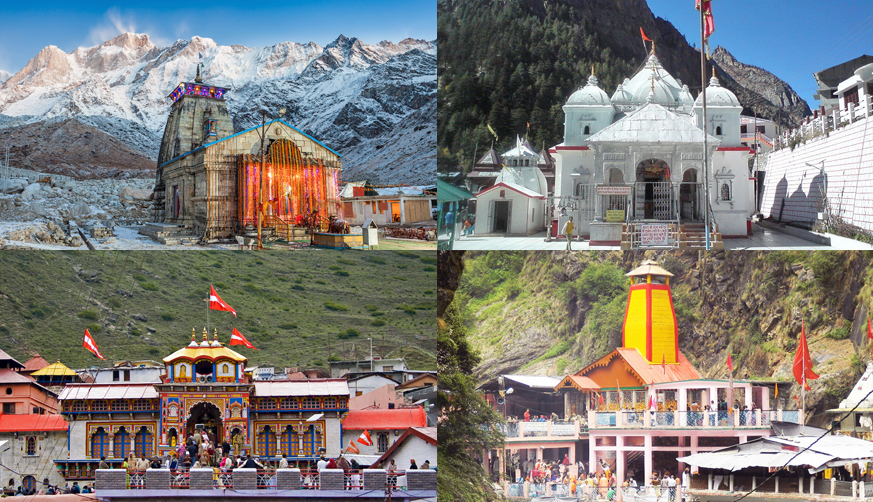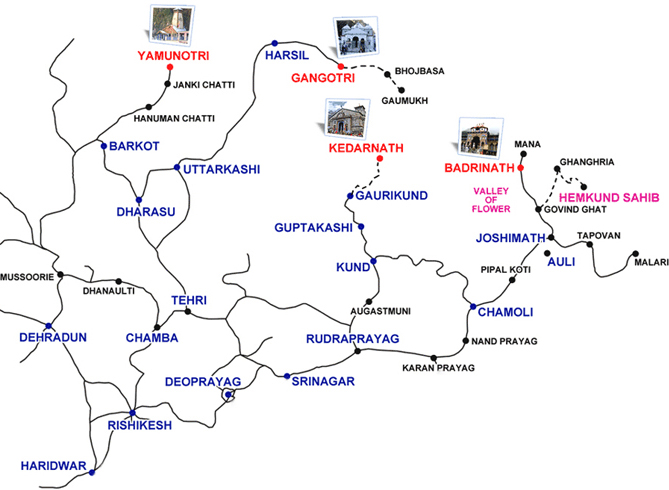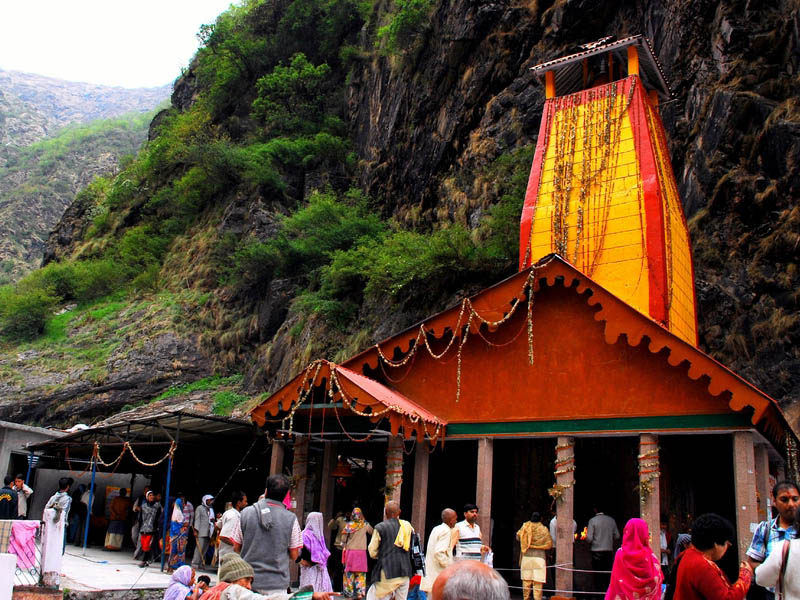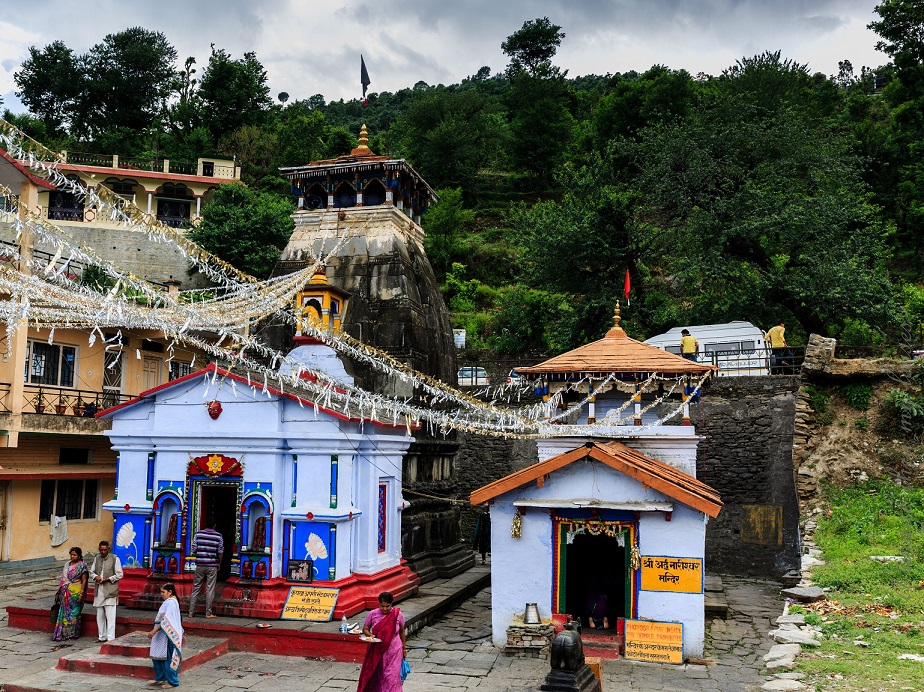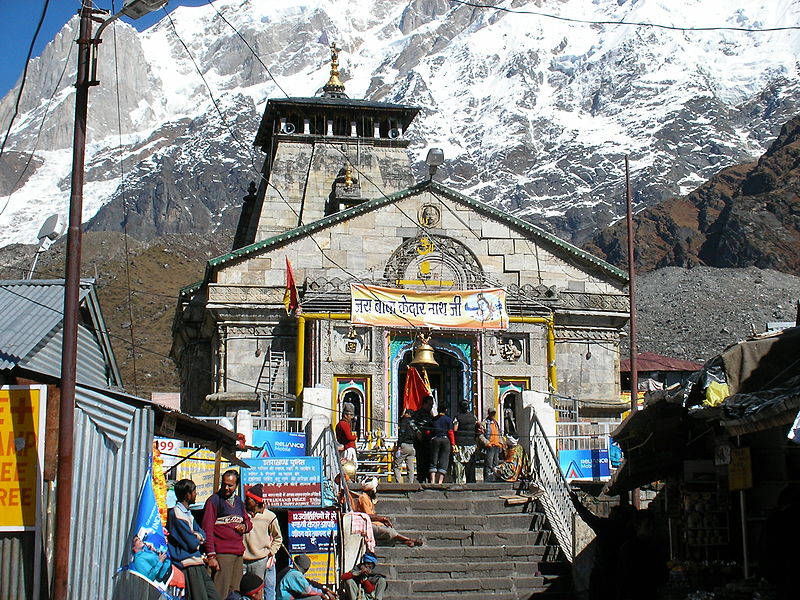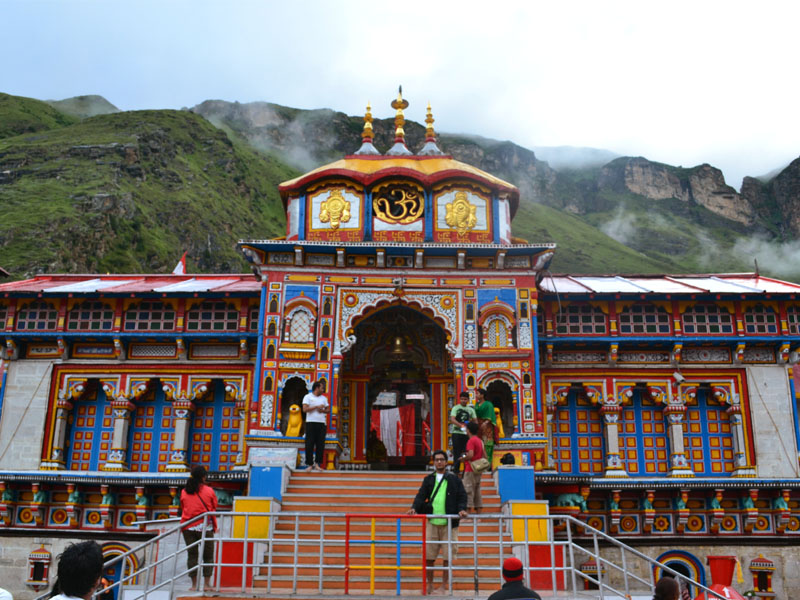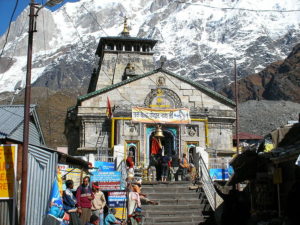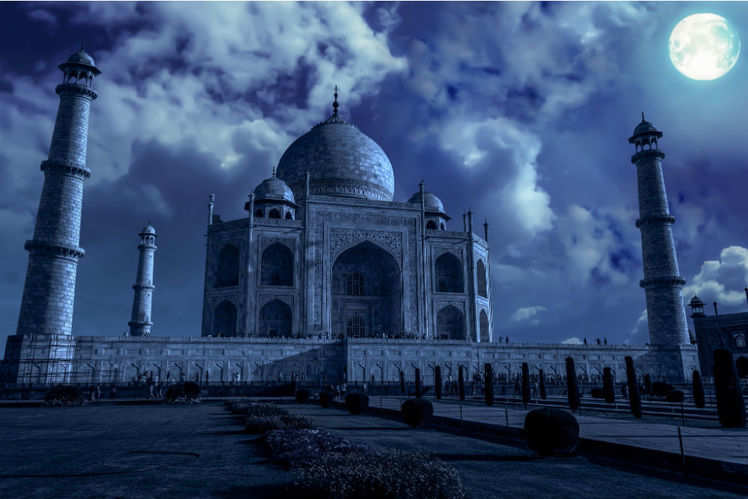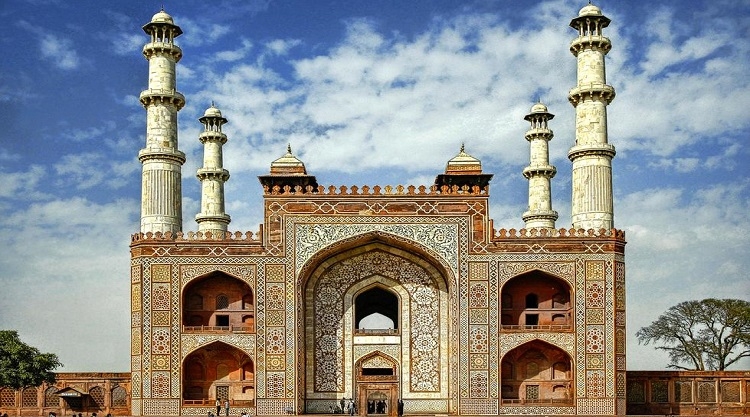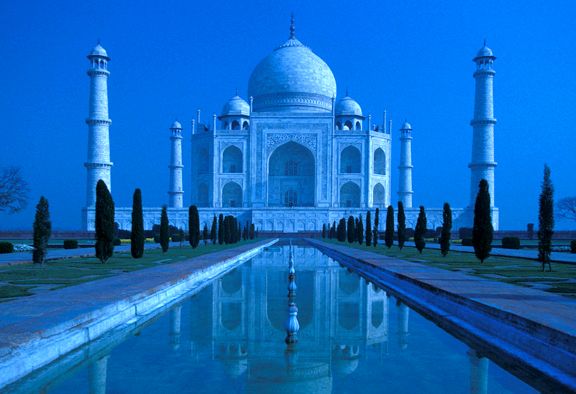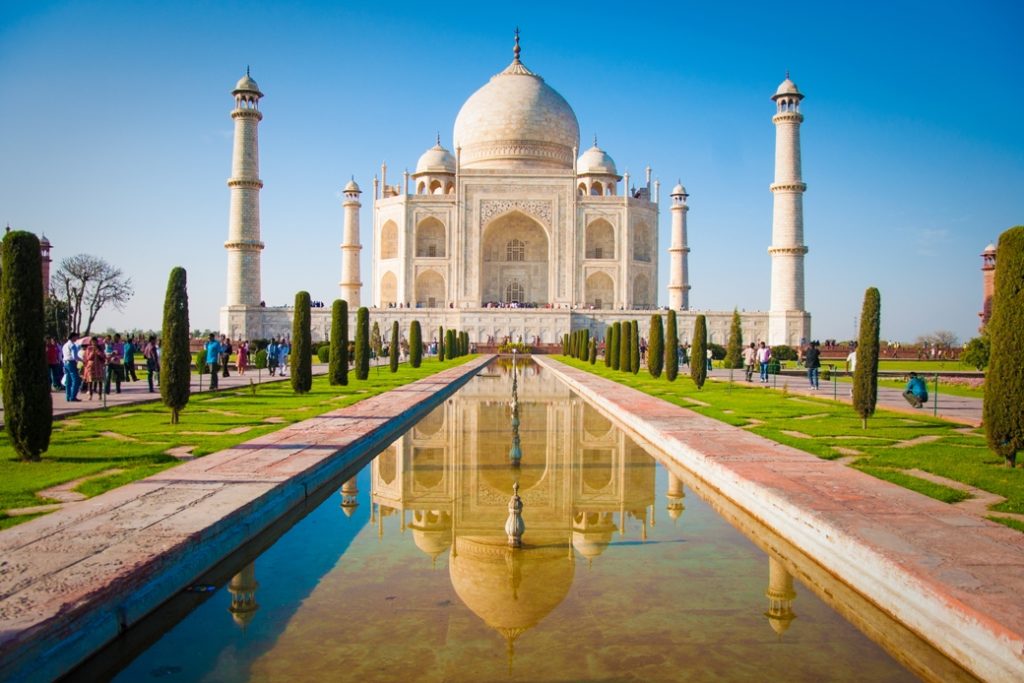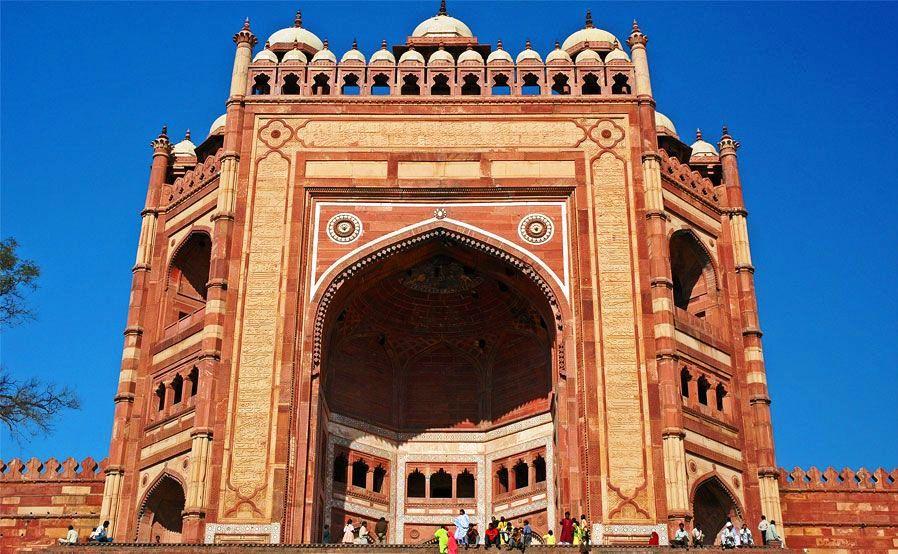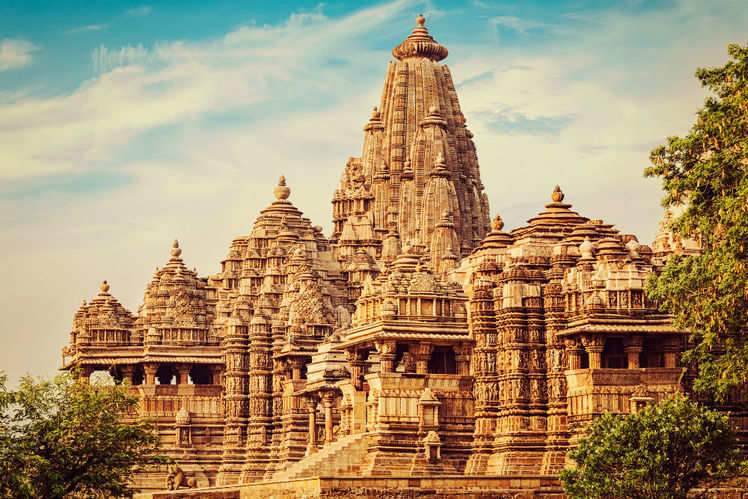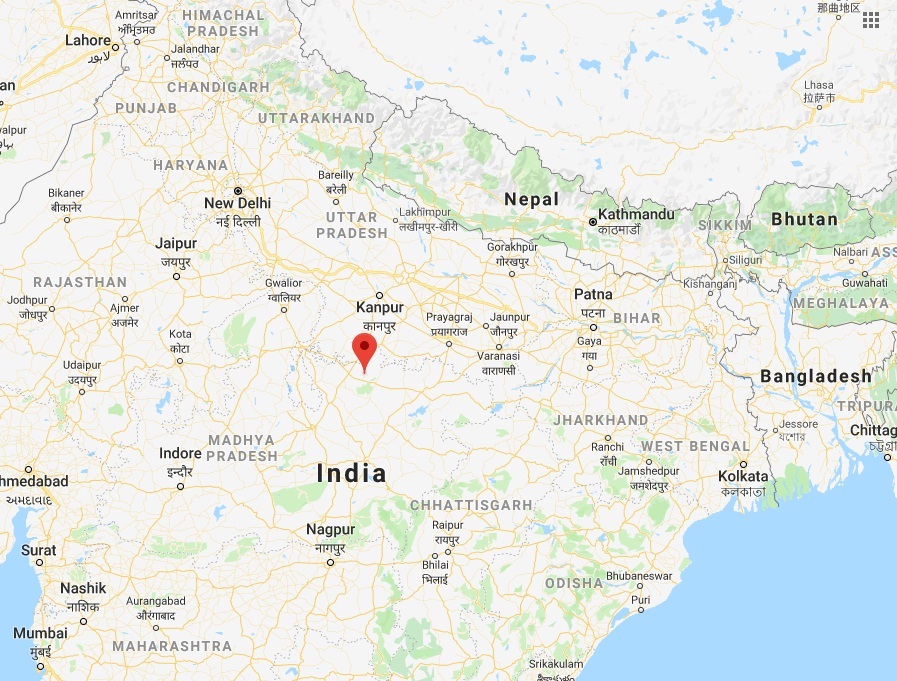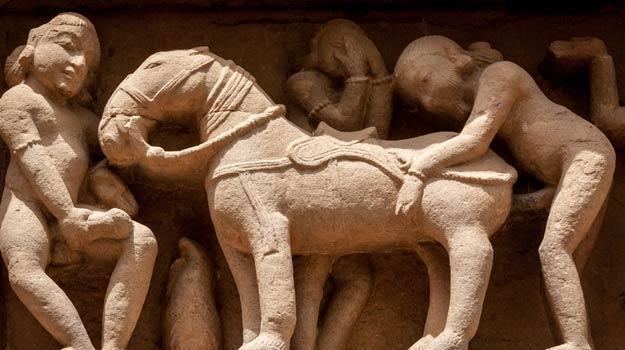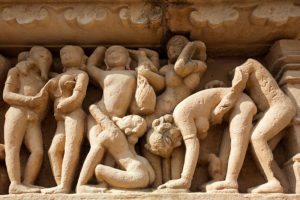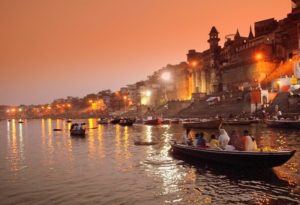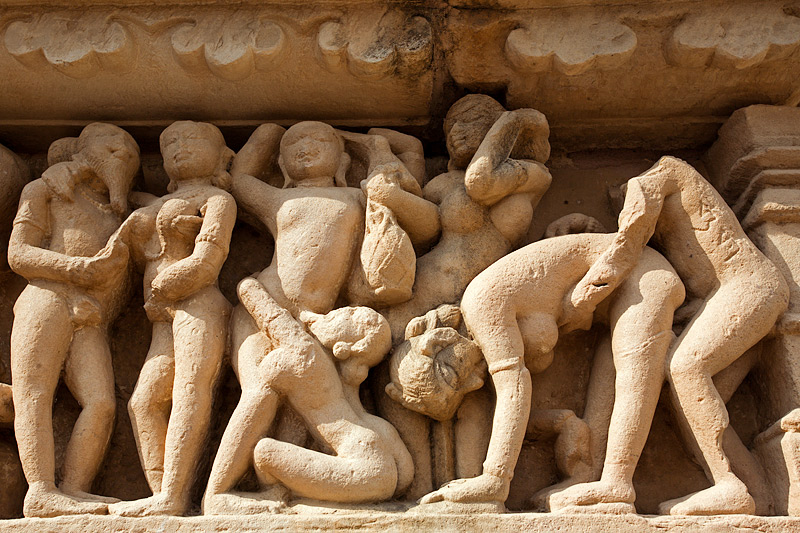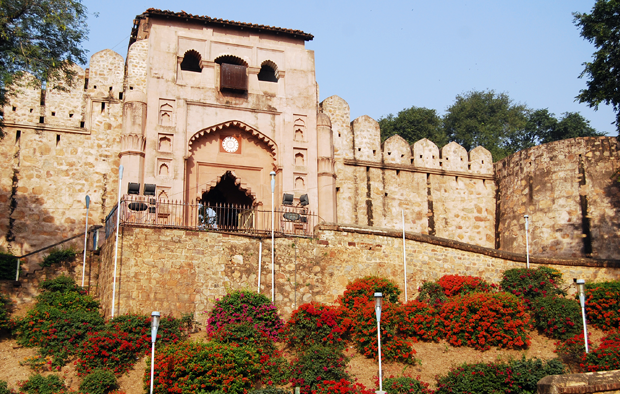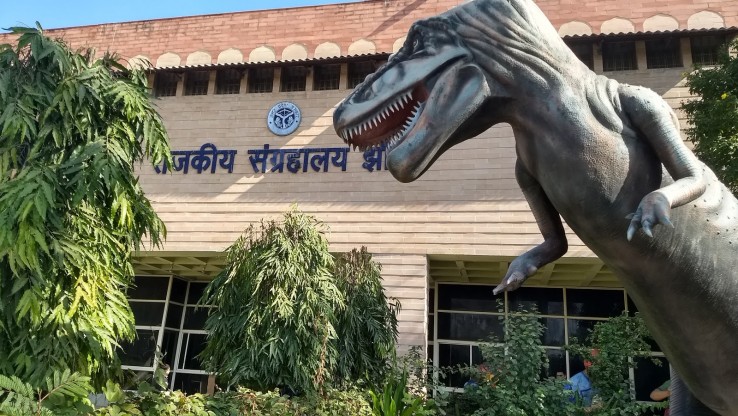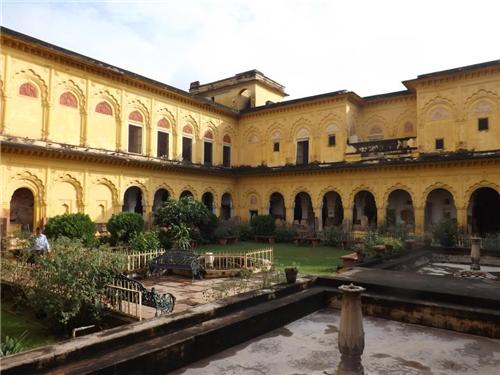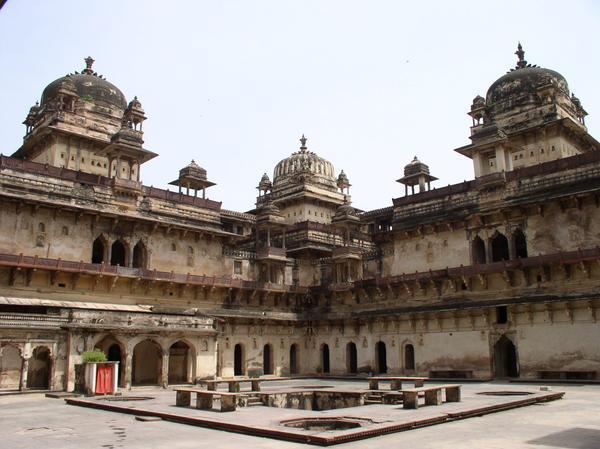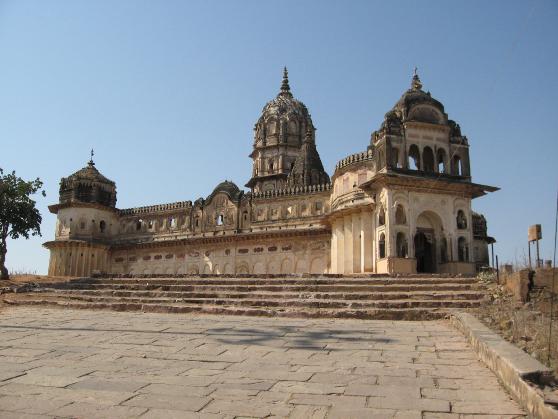Embark on an exhilarating 11-day journey that takes you from the vibrant streets of Delhi to the serene landscapes of Rishikesh and beyond.
Tour Overview
Begin your adventure with a scenic train ride to Rishikesh, the Yoga Capital of the world, where spirituality and meditation converge. Immerse yourself in the soothing vibes of the Ganga as you attend the evening aarti by the riverbanks. The next day, your trekking escapade commences as you drive to Ghat, the gateway to an enchanting expedition.
Traverse through picturesque villages, lush terraced fields, and dense jungles of wild silver oak and rhododendron, each step revealing the captivating allure of the region. As you ascend towards Kauri Pass, be captivated by panoramic vistas of snow-capped peaks, including Nanda Devi and Kamet. Savor the tranquility of Chitrakantha meadows, granting you a day to adjust and explore.
Descend to the skiing haven of Auli, where wide-angle views of the Himalayan giants unfold before your eyes. Conclude your odyssey back in Rishikesh, carrying the memories of awe-inspiring landscapes and the enriching experience of the Himalayas.
Trek Region: Uttarakhand (Kumaun) Indian Himalayas.
Best Season for trekking : February to May, September to November.
Total Duration: 11 Days
Trekking days: 7
Trek grade: Moderate
Max altitude: 4270 m
Destinations Covered
Detailed Tour Plan
Day 1: Delhi – Rishikesh (245 Kms 6 Hrs) – Board the early morning train departing from New Delhi to reach Haridwar/Rishikesh. Transfer to a hotel in Rishikesh, a pilgrim township, a spiritual hub and a favourite meditation centre which also happens to be the Yoga Capital of the world. After lunch, there is a choice to raft on the Ganga till short of Rishikesh. In the evening explore the township and attend the aarti (evening prayers) by the banks of the river Ganga. Stay overnight in the hotel.
Day 2: Drive Rishikesh to Ghat 7-8 hrs. – Morning drive to Ghat,the starting point to begin our walk.Enroute witness the holiest confluences of the area namely Deoprayag,Rudraprayag,Karnprayag & Nandprayag. Arrive the campsite in the evening where you will be welcome by our Trek staff.
Day 3: Ghat – Ramni / Ghunni 6-7 hrs – Today we begin walking, and memorable walking it is ! The trek is gradual with ascending and descending. The countryside is fascinating green and dramatic with distant peaks always in view.We go through enchanting little villages of thatched mud houses, terraces and lush agricultural scenery. The people here are immensely attractive.Meals and Overnight in camp.
Day 4: Ramni/ Jhenji 4-5 hrs – Its a beautiful walk through the jungle of wild silver oak and rhododendron to village Jhenji. Enroute enjoy the view of snowcapped peaks from Ramnipass.
Day 5: Jhenji/ Pana 5-6 hrs – The country now is wild and lovely with more descending and ascending to village of Pana and the impressive suspension bridge.Meals and overnight in camp.
Day 6: Pana – Dhakwani (3341m) 6-7 hrs
Today a long but immensely satisfying climb on up towards Kauri pass brings us to Dhakwani. Its high and chilly and isolated and very impressive. In the distance we will see peaks of up to 6000mtrs. Meals and overnight in Camp.
Day 7: Dhakwani/ Chitrakantha 4-5 hrs
Over the Kauri Pass today, with unforgettably beautiful mountain view, considered by some to be among the finest in the world. Here are we on the edge of the great divide between the Lesser and the Greater Himalaya. After the pass trek passesthrough beautiful alpine meadows. We always have spectacular view of mighty Himalayan peaks of Nanda Devi (7817mtrs),Kamet(7756mtrs),Dronagiri(7066mtrs)Kedarnath (6940mtrs)Hathi Parbat(6727 meters) & Neelkanth(6596mtrs).Arrive and camp in beautiful meadows.Meals and overnight in camp.
Day 8: Chitrakantha
Day free to adjust or to explore. Meals and overnight in camp.
Day 9: Chitrakantha/ Auli – Morning enjoy the stunning wide angled view of mighty Himalayan peaks and then we walk down to the skiing resort of Auli.Meals and overnight in Camp.
Day 10: Auli/ Rishikesh – Board our waiting vehicle and drive back to Rishikesh. Stay overnight in the hotel.
Day 11: Rishikesh/ Delhi 7-8 hrs- After an early morning breakfast, set out for Delhi. Tour ends upon arrival at Delhi.
End of Tour
FAQs about the Tour
Q: How do I reach Rishikesh, the starting point of the tour?
A: You will board an early morning train from New Delhi, which will take you to Haridwar/Rishikesh.
Q: What can I expect to experience in Rishikesh?
A: Rishikesh is a spiritual hub known for its meditation centers and the evening aarti (prayers) by the Ganga. You’ll have the option to explore the town and even go rafting on the Ganga.
Q: What are the highlights of the trekking portion of the tour?
A: The trek encompasses enchanting villages, lush landscapes, and stunning views of the Himalayan peaks, culminating in the Kauri Pass experience.
Q: How challenging is the trekking terrain?
A: The trek involves gradual ascents and descents, providing a mix of moderate to slightly challenging paths through forests, villages, and meadows.
Q: What is the significance of Kauri Pass?
A: Kauri Pass offers unforgettable views of the Himalayan peaks and marks the division between the Lesser and Greater Himalayas.
Q: Is there any free time during the tour?
A: Yes, you’ll have a day at Chitrakantha to adjust or explore the surroundings.
Q: Can I expect comfortable accommodations during the tour?
A: Yes, you’ll stay in hotels in Rishikesh and camps in various scenic locations, ensuring a comfortable and immersive experience.
Q: Are there any special activities or attractions on the itinerary?
A: The itinerary includes attending the evening aarti in Rishikesh, trekking through captivating villages, exploring stunning meadows, and witnessing panoramic Himalayan views.
Q: How does the tour conclude?
A: The tour ends with your return to Rishikesh, where you’ll have the chance to unwind and reflect on your Himalayan adventure before departing for Delhi.
Q: What are the main takeaways from this tour?
A: This tour offers a unique blend of spiritual experiences in Rishikesh, exhilarating trekking through scenic landscapes, and the opportunity to witness the majestic Himalayan peaks up close, creating lasting memories of natural beauty and cultural exploration.
Get a Quote: Call/Whatsapp: +91 9810954649 or Fill Contact Form
